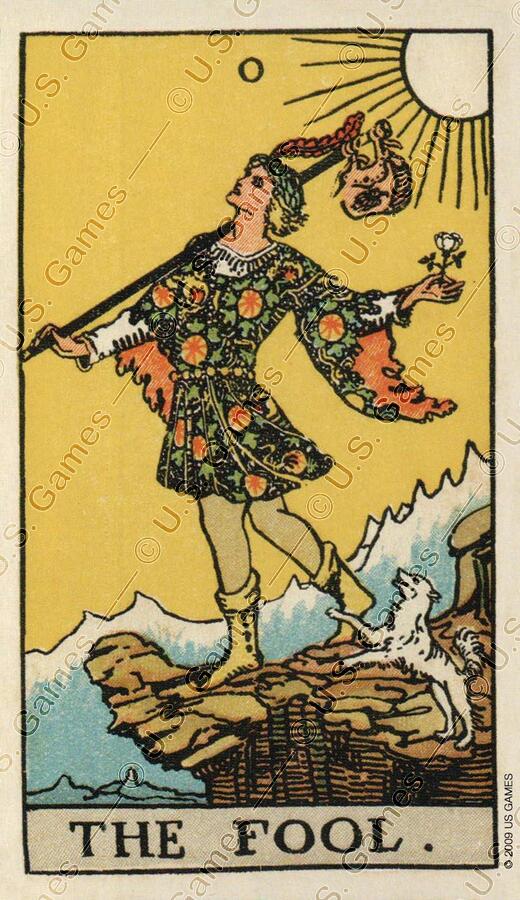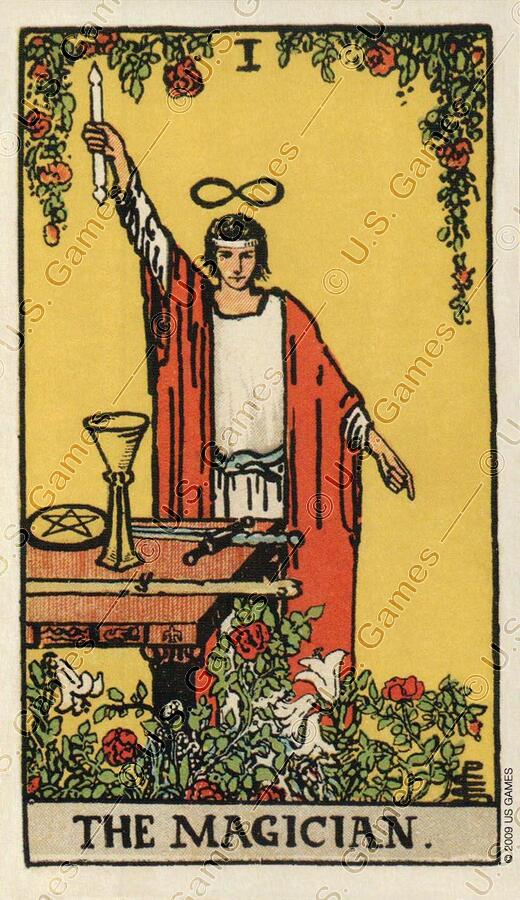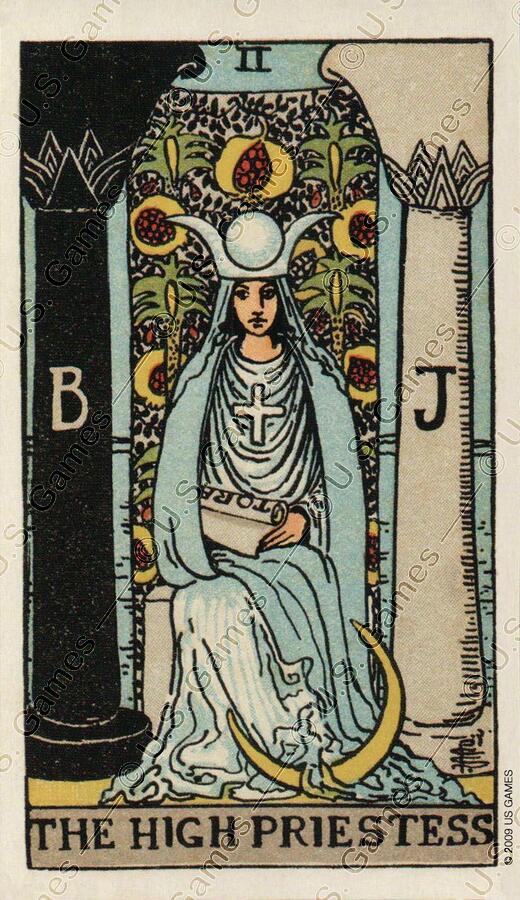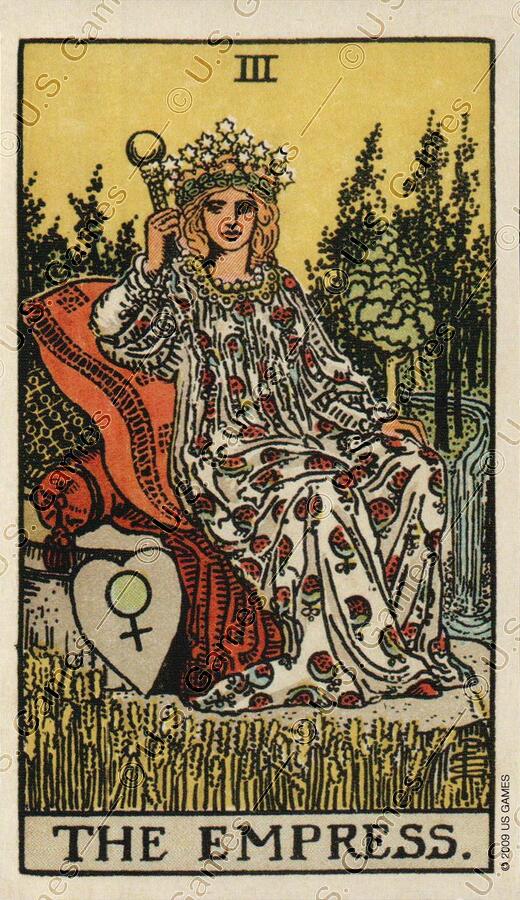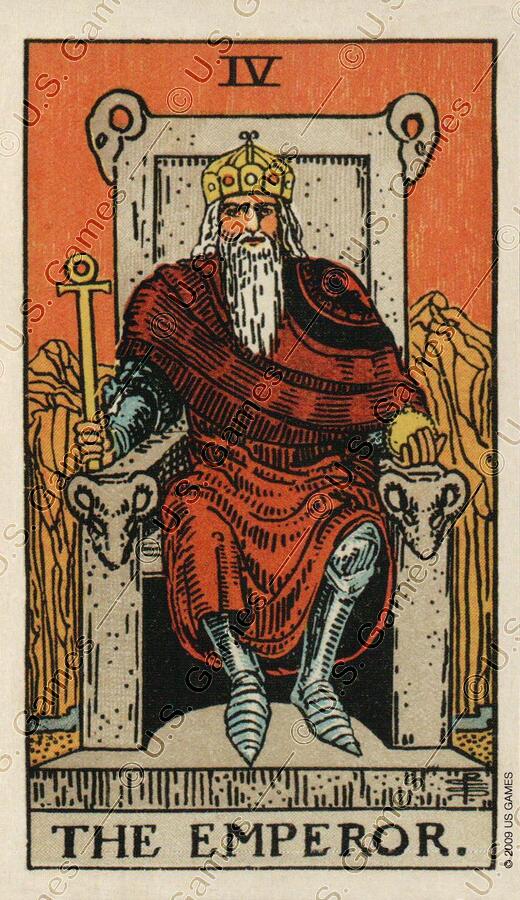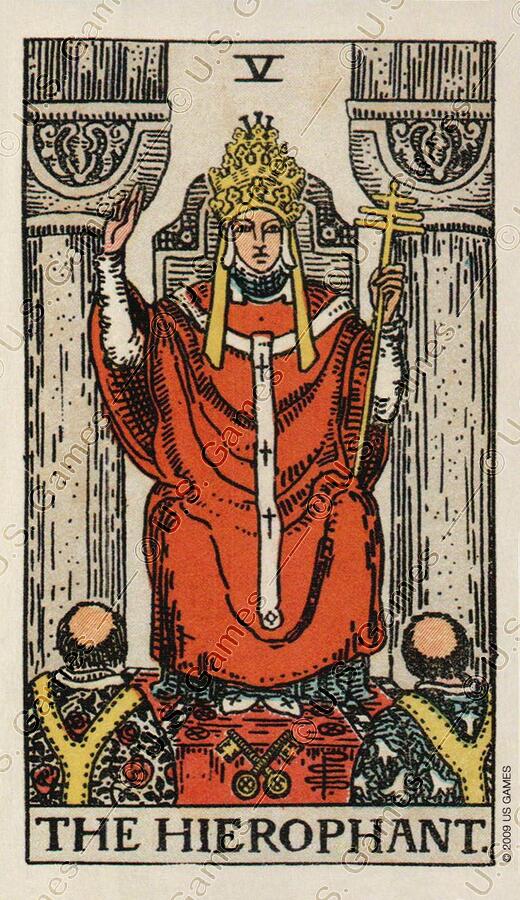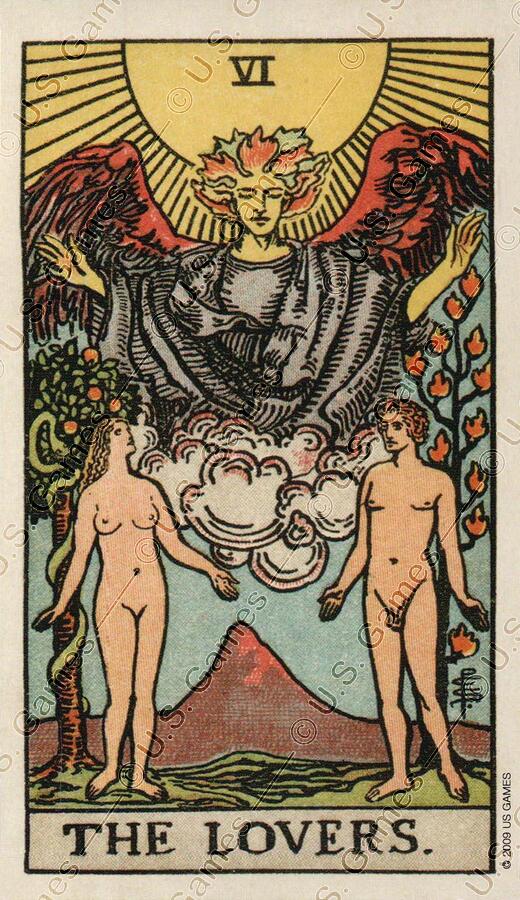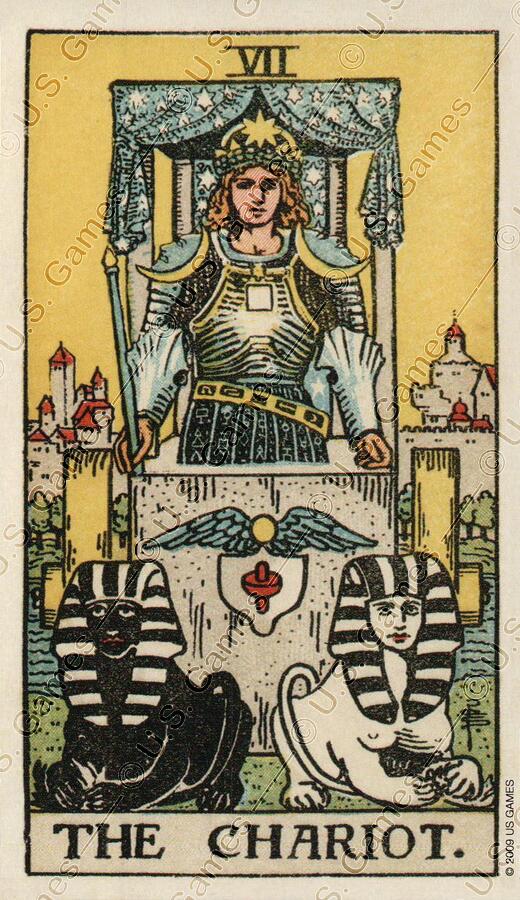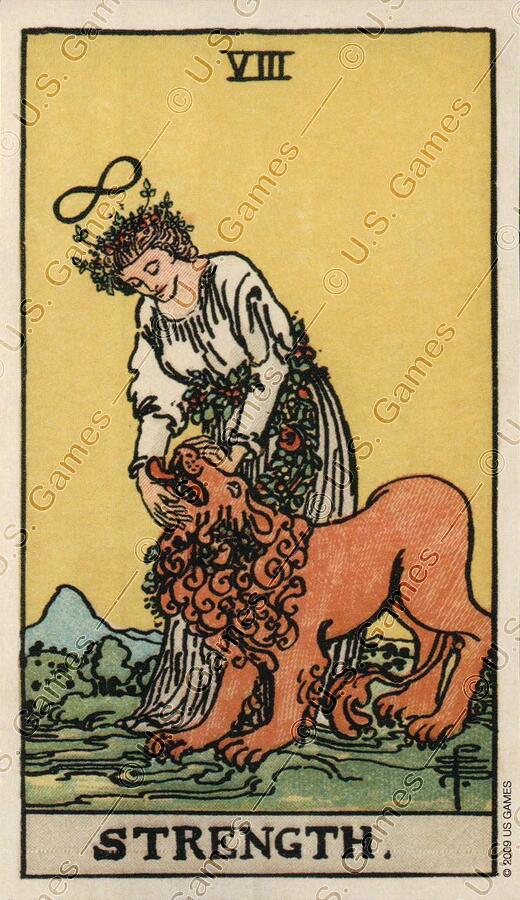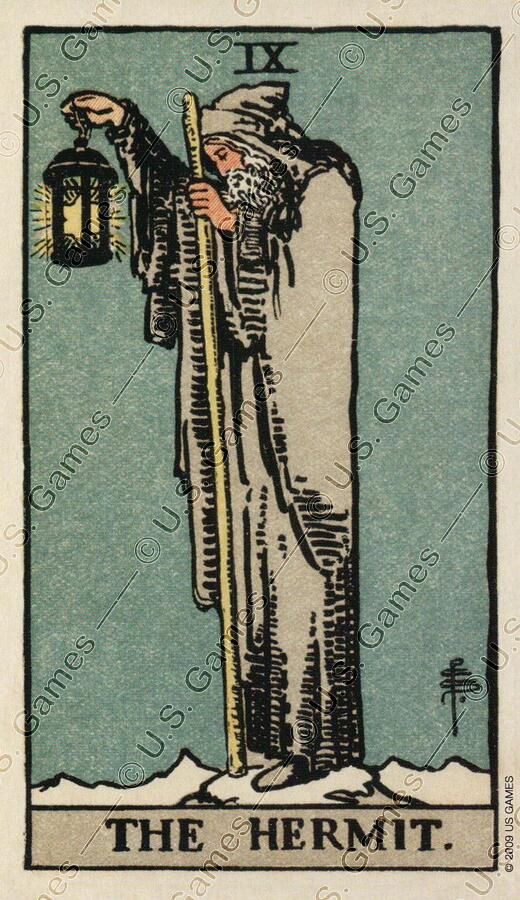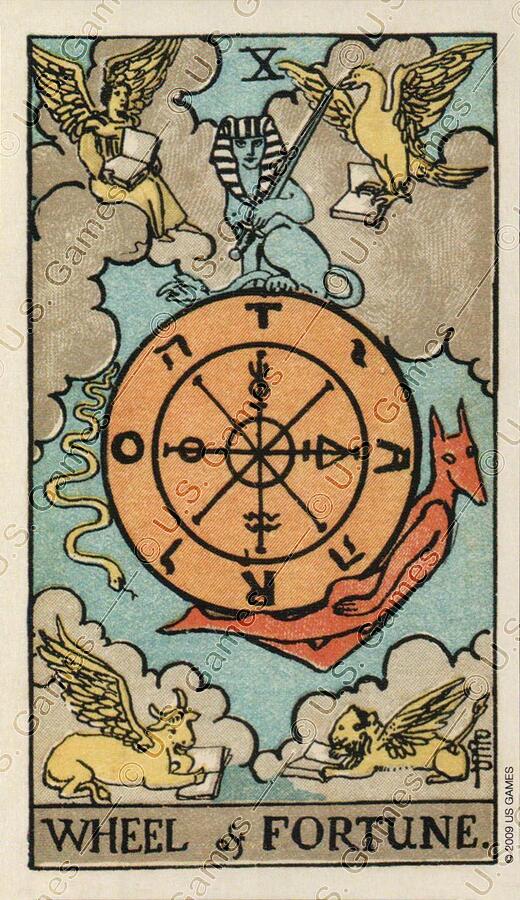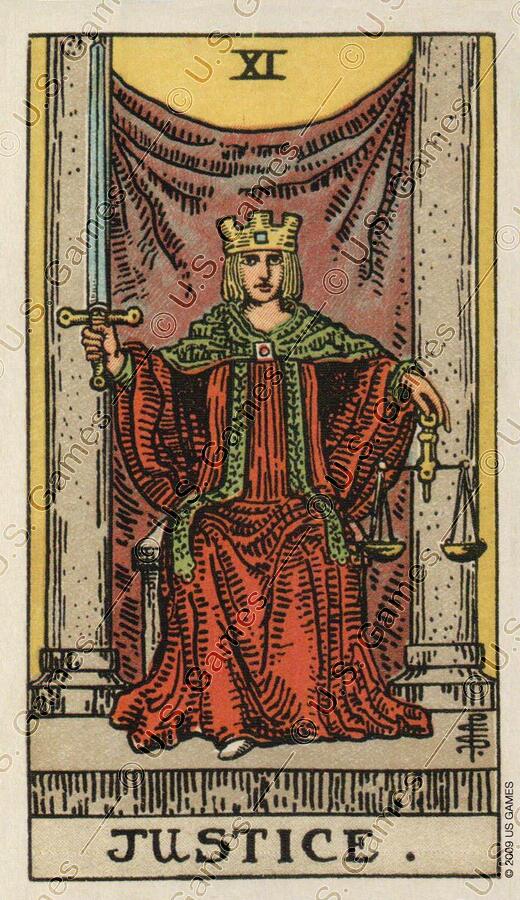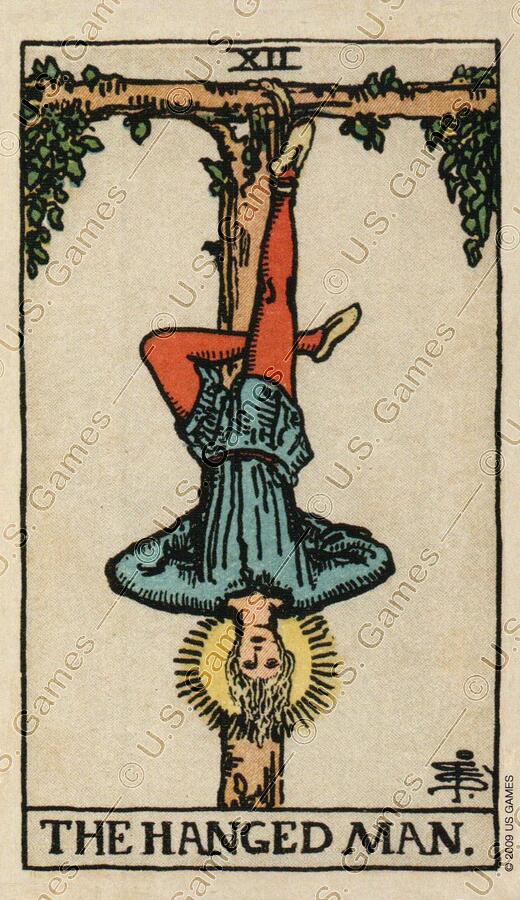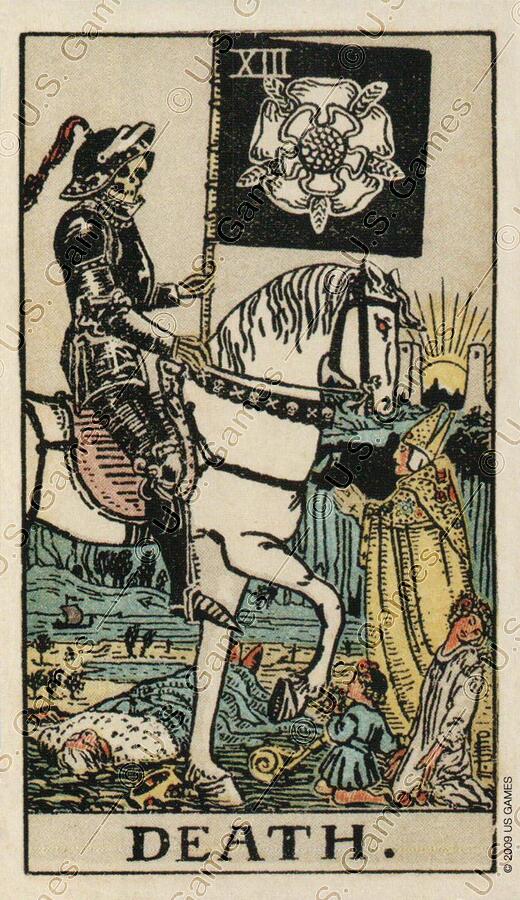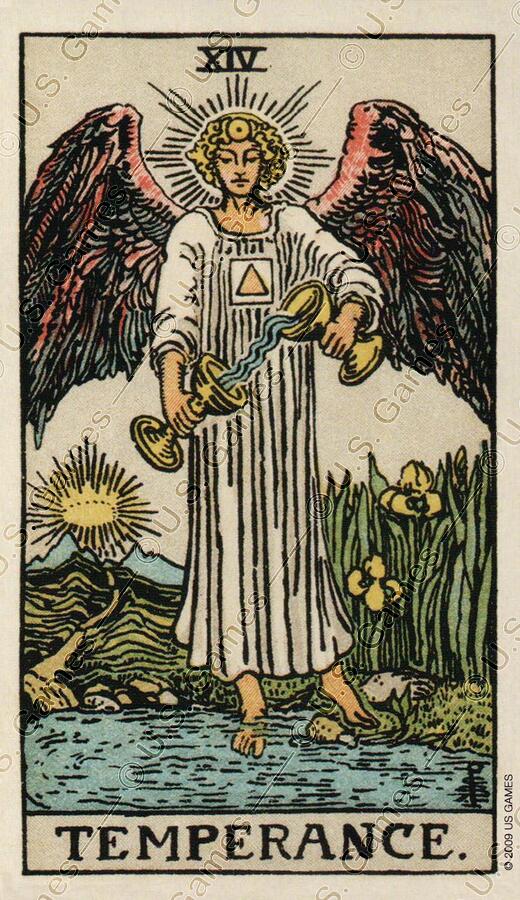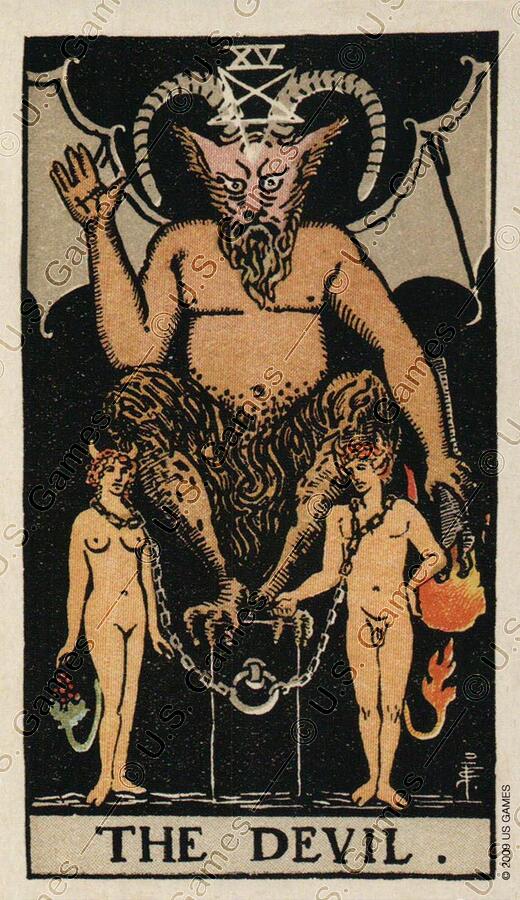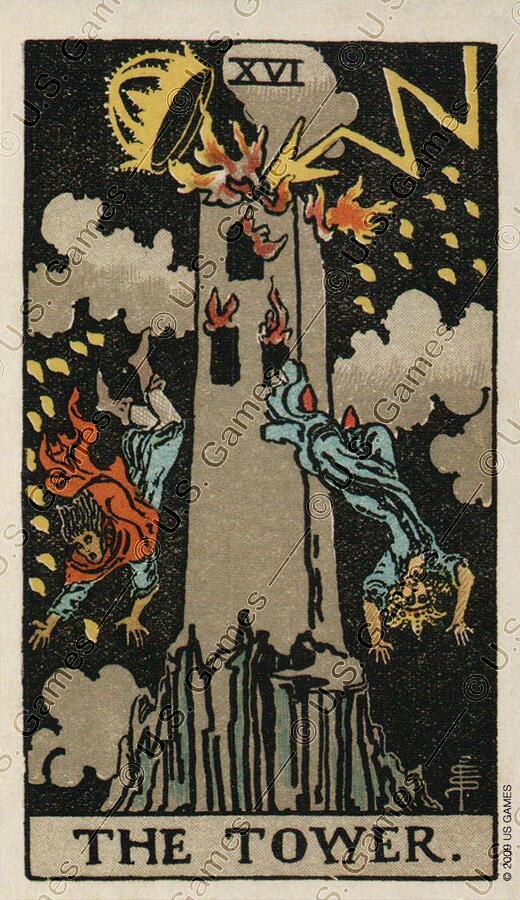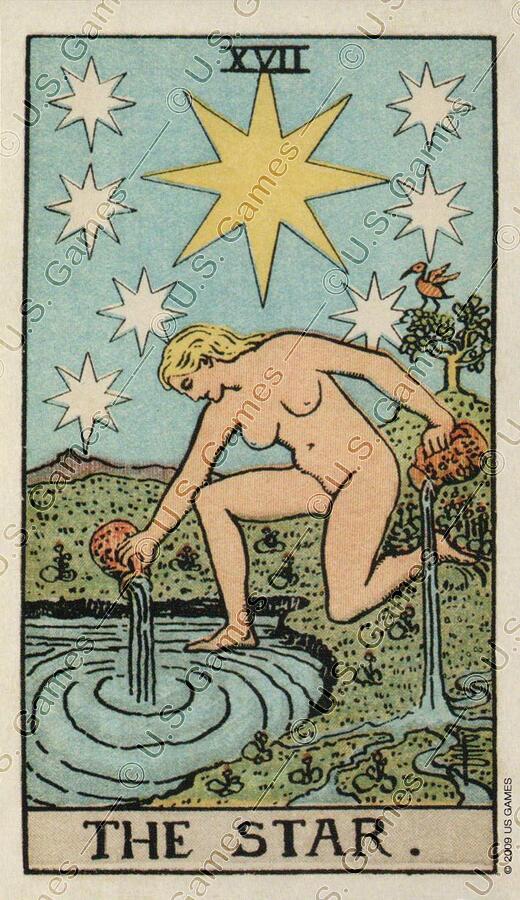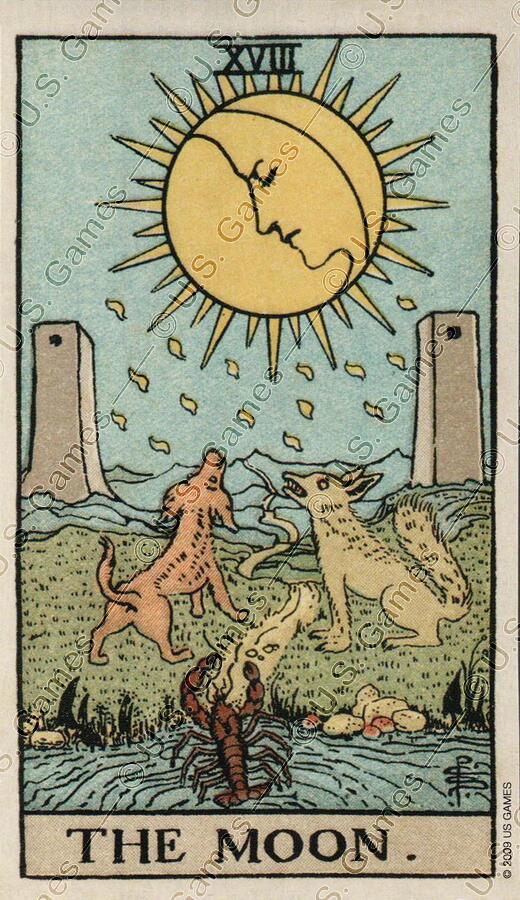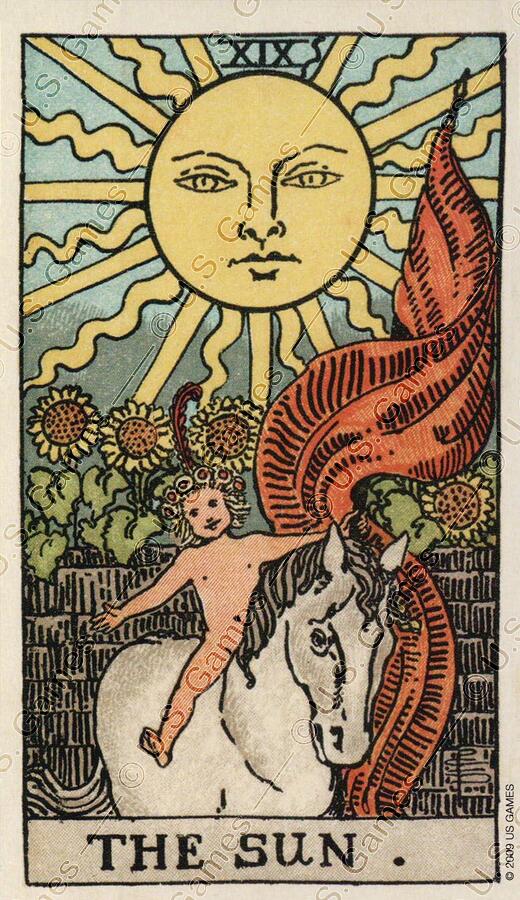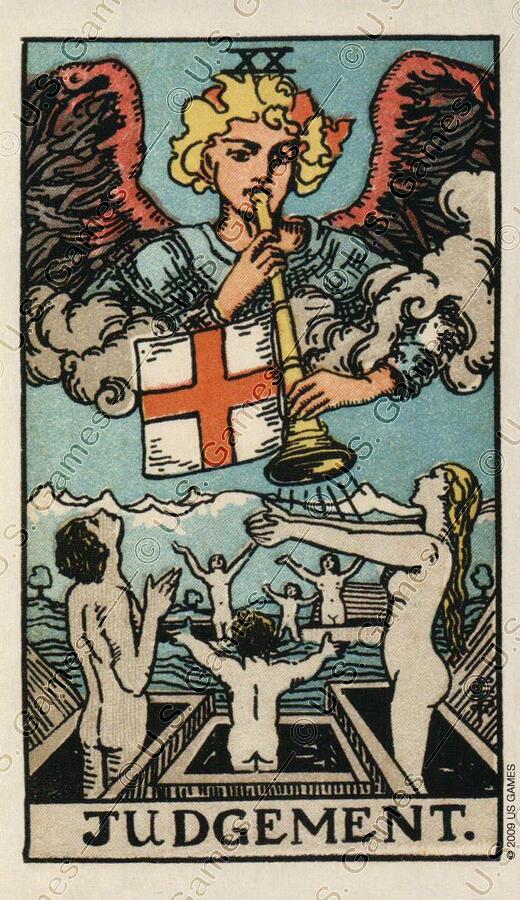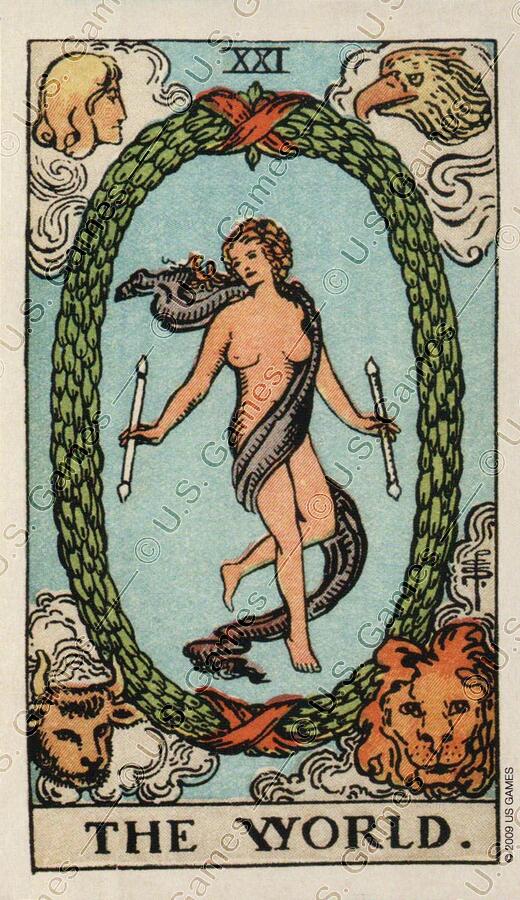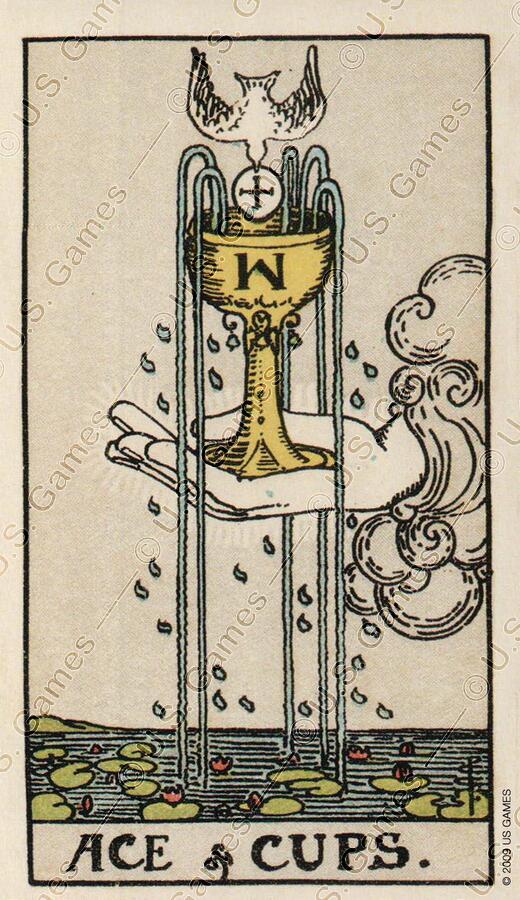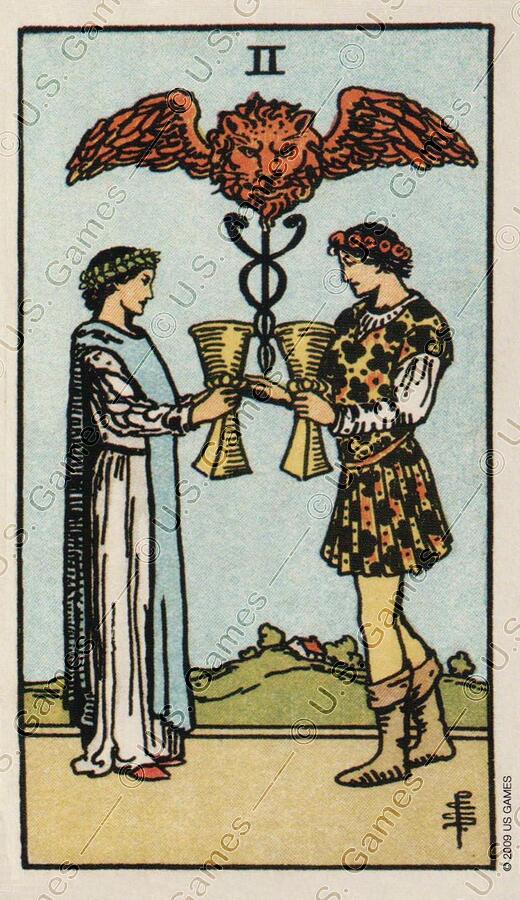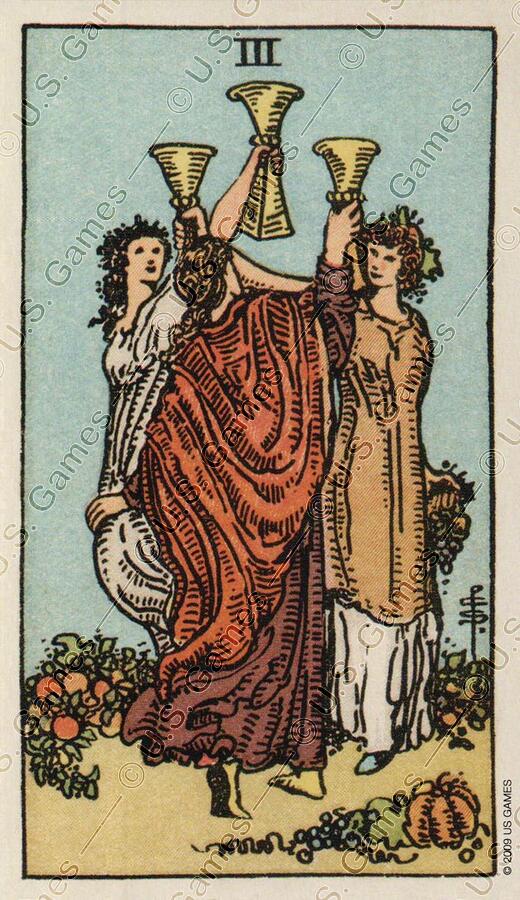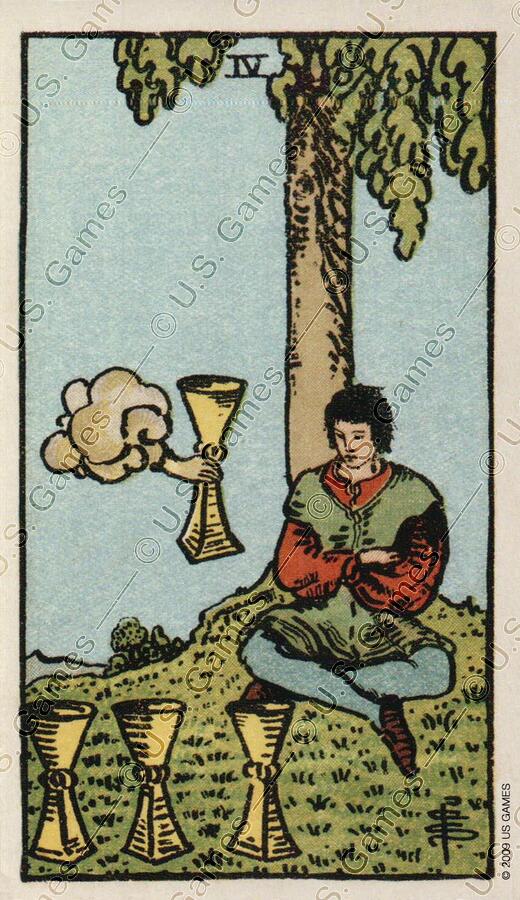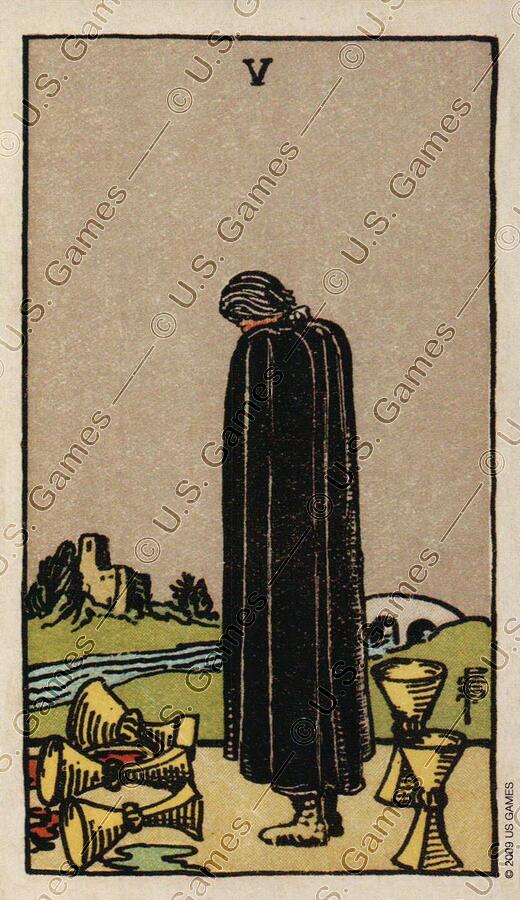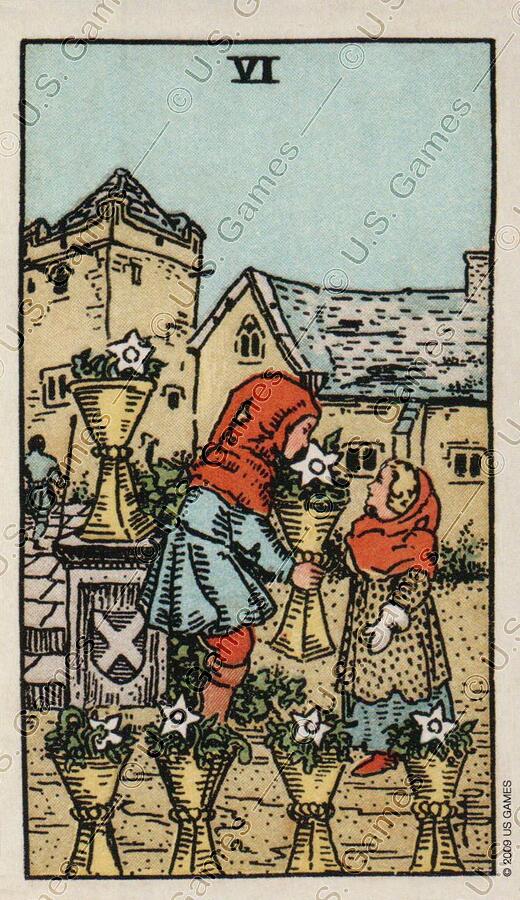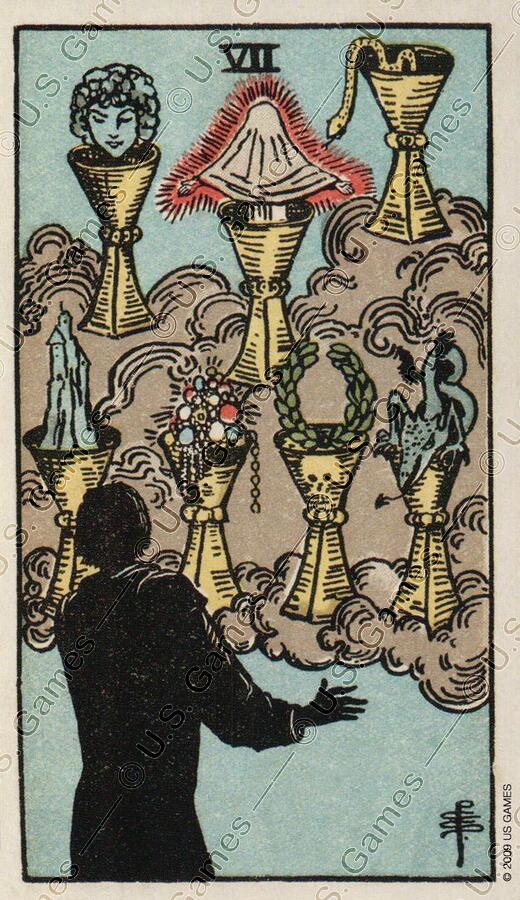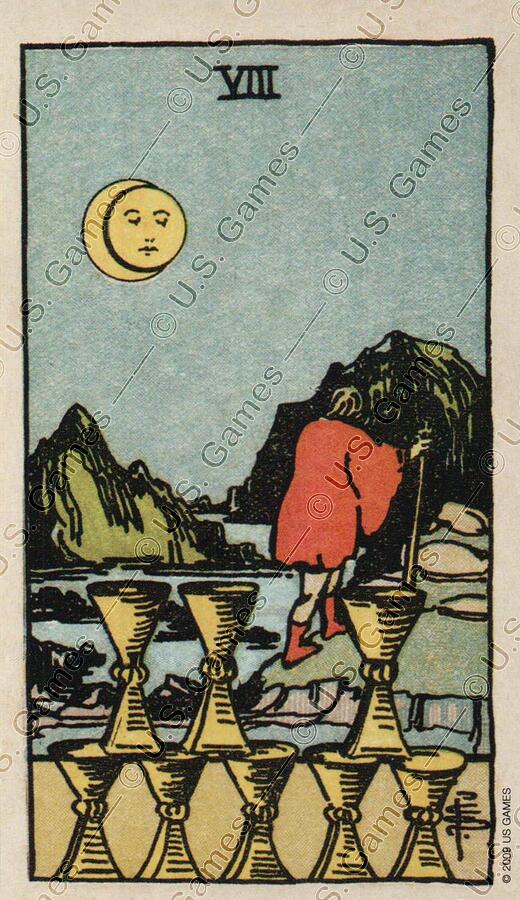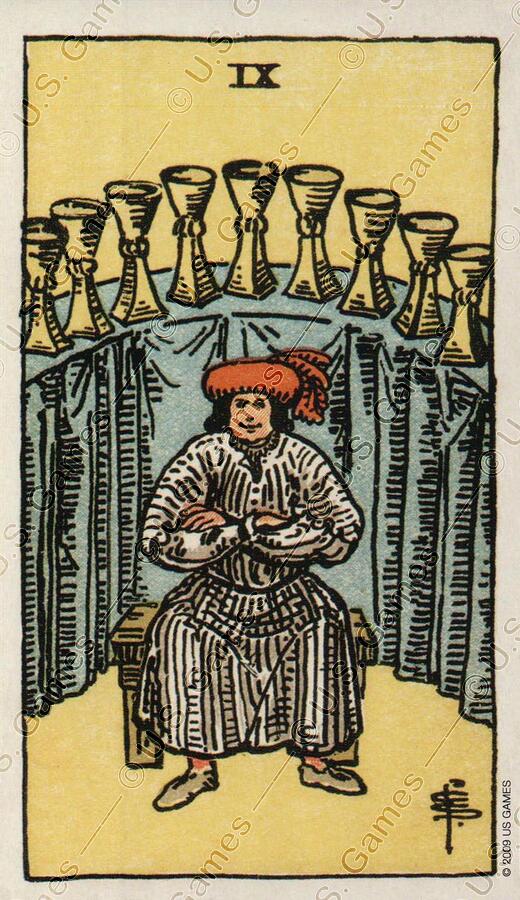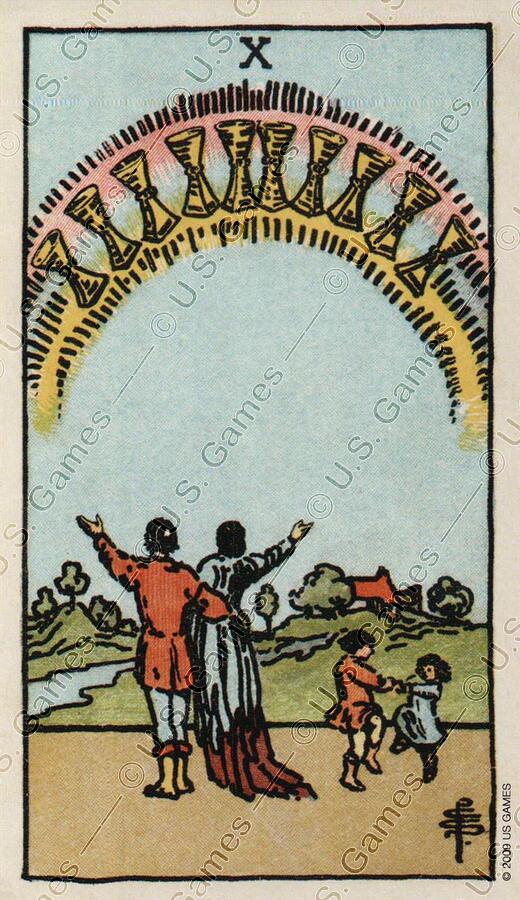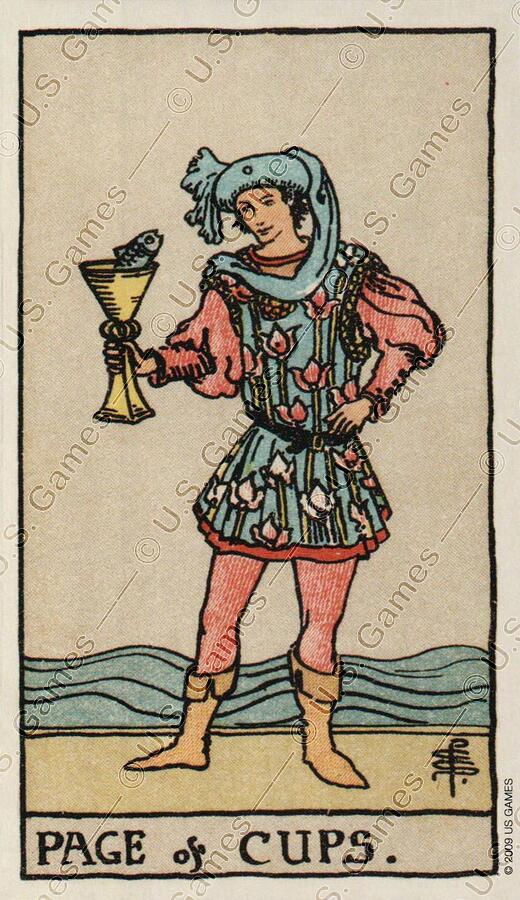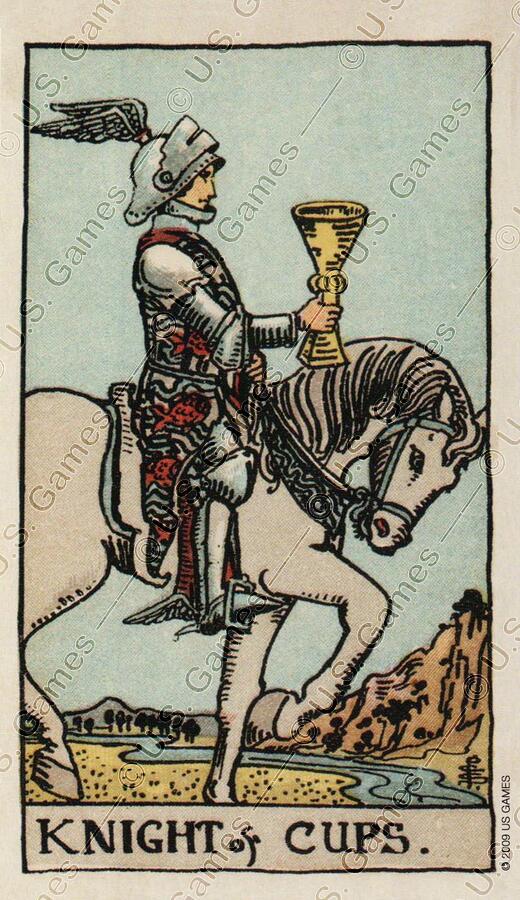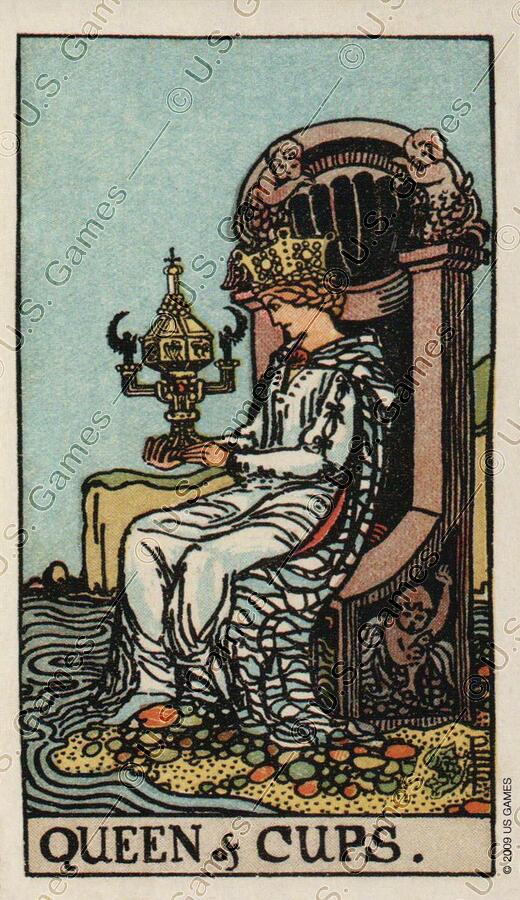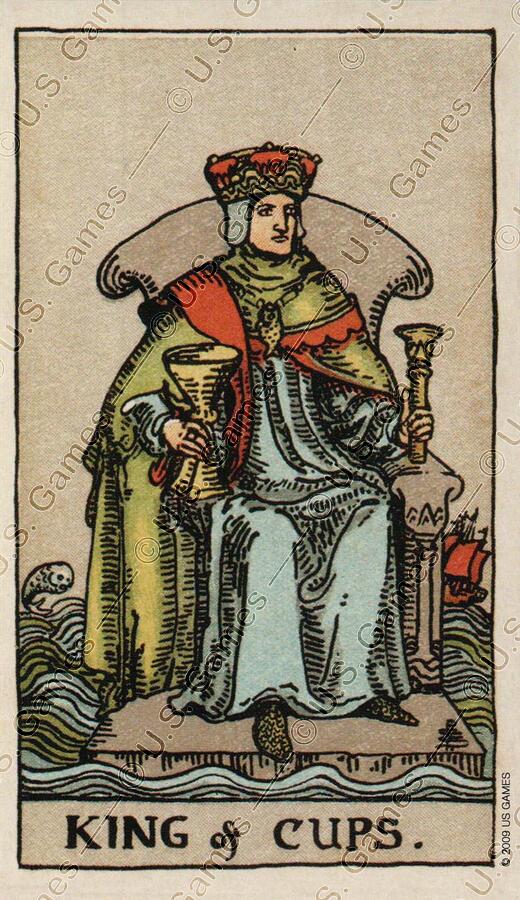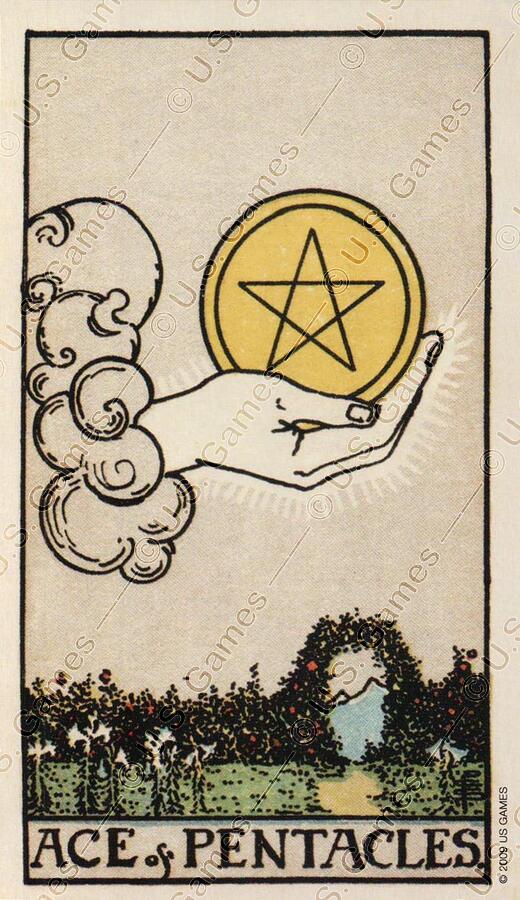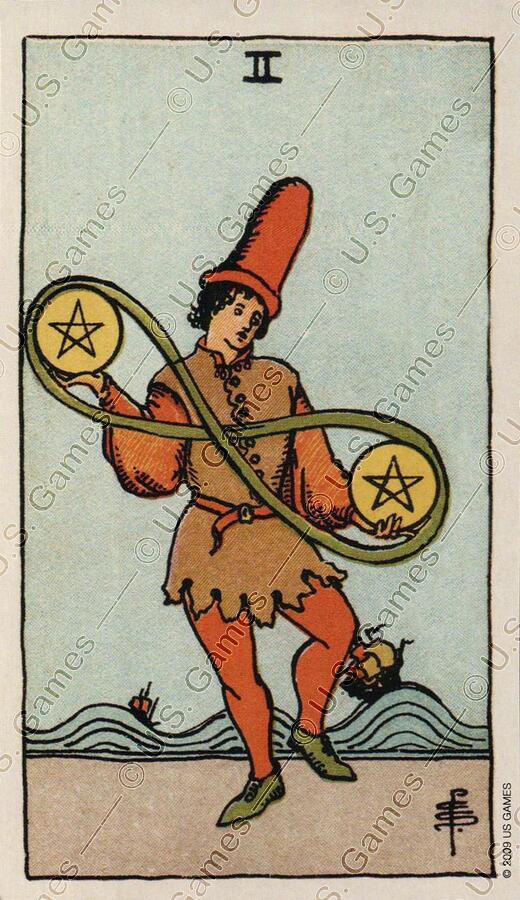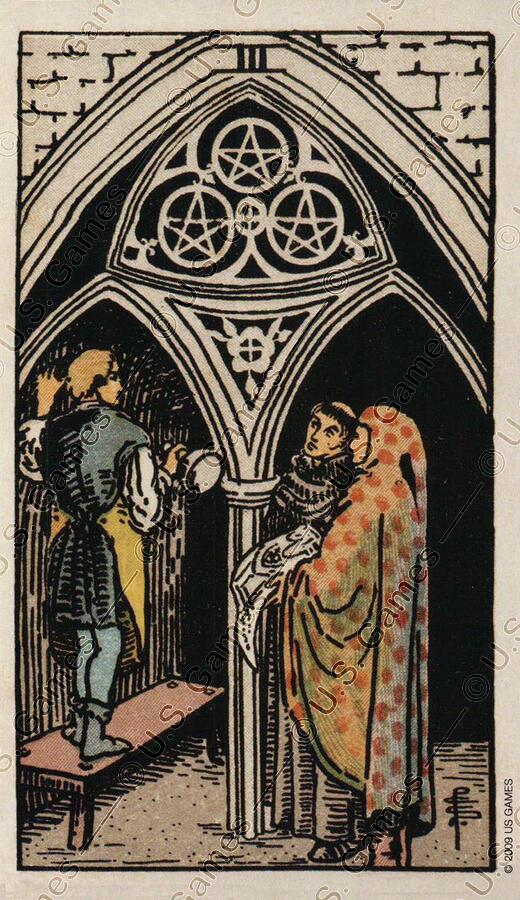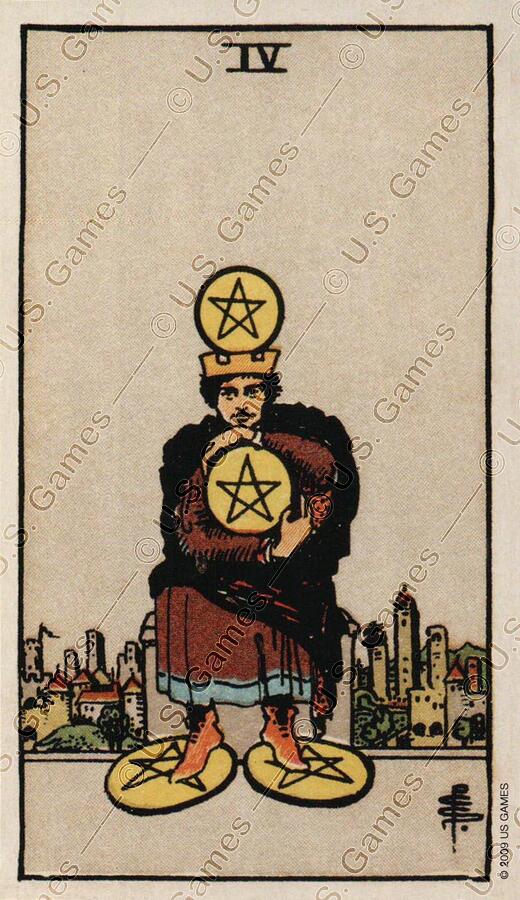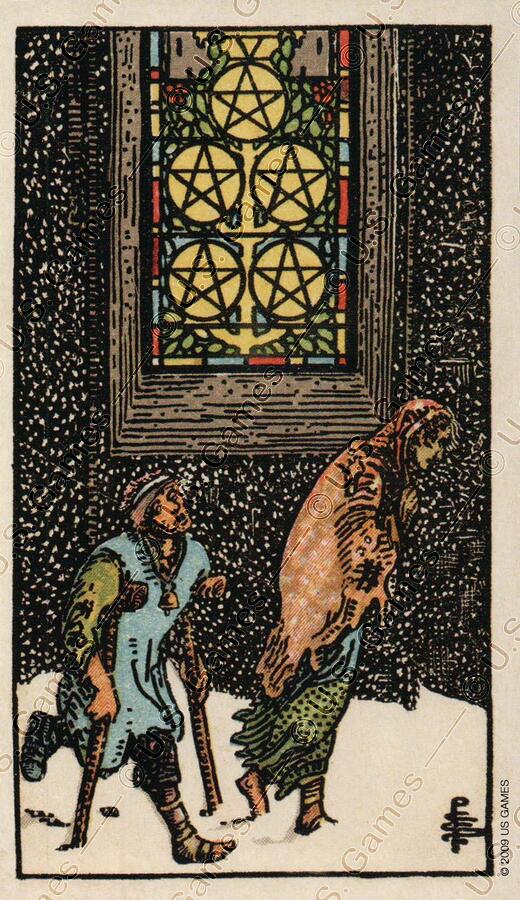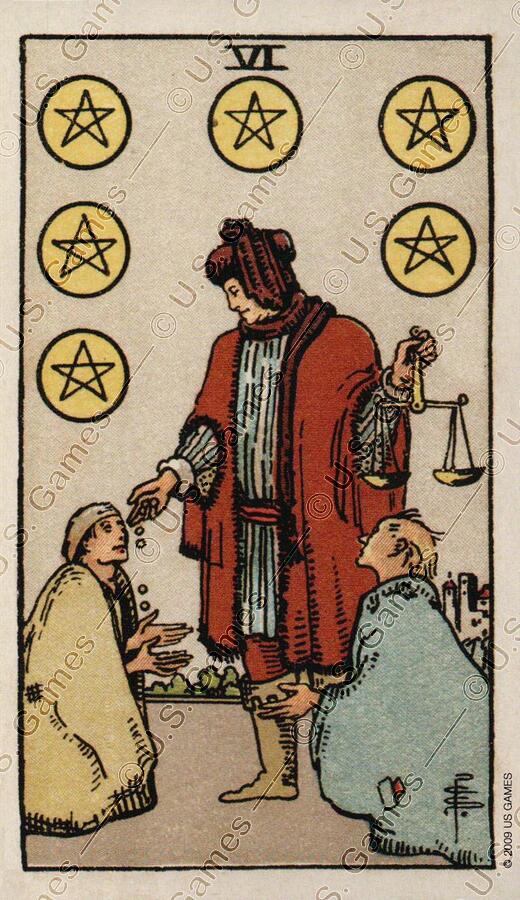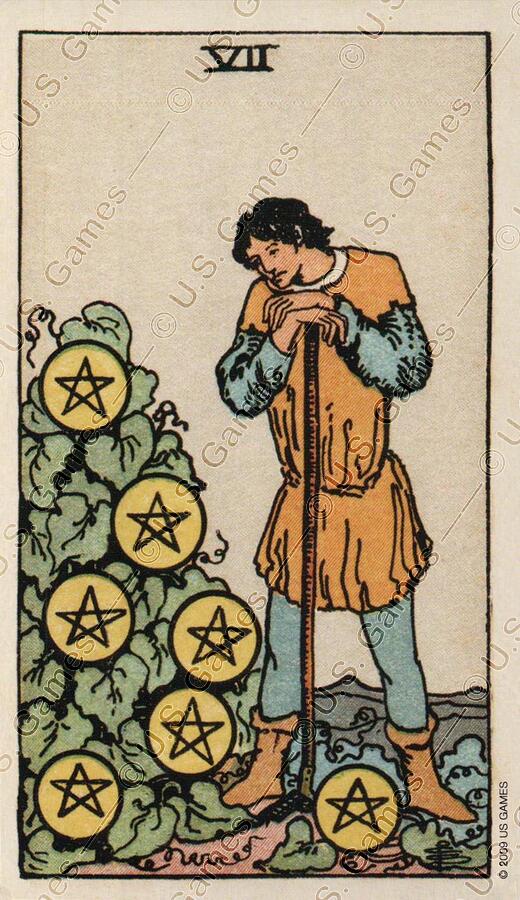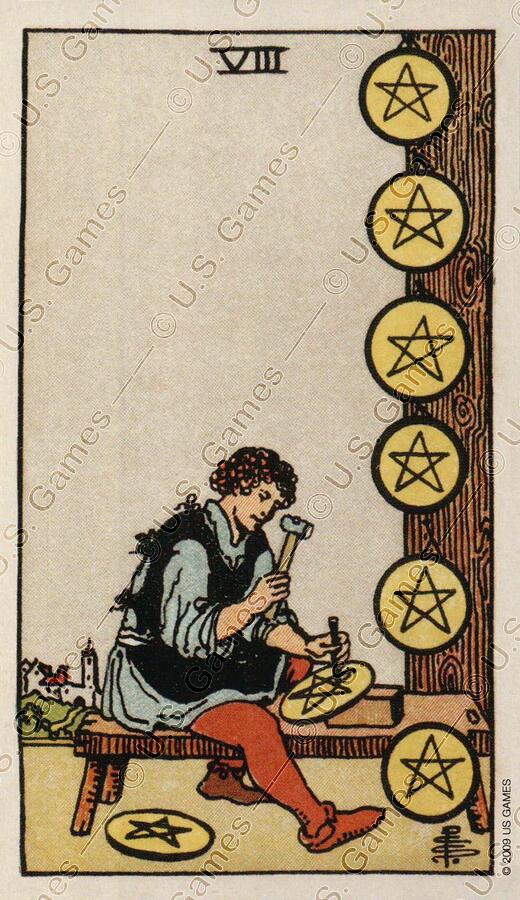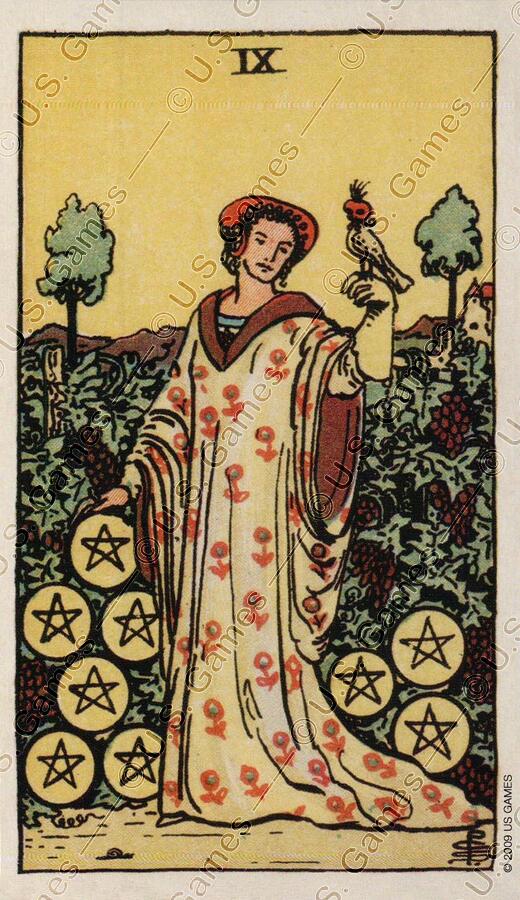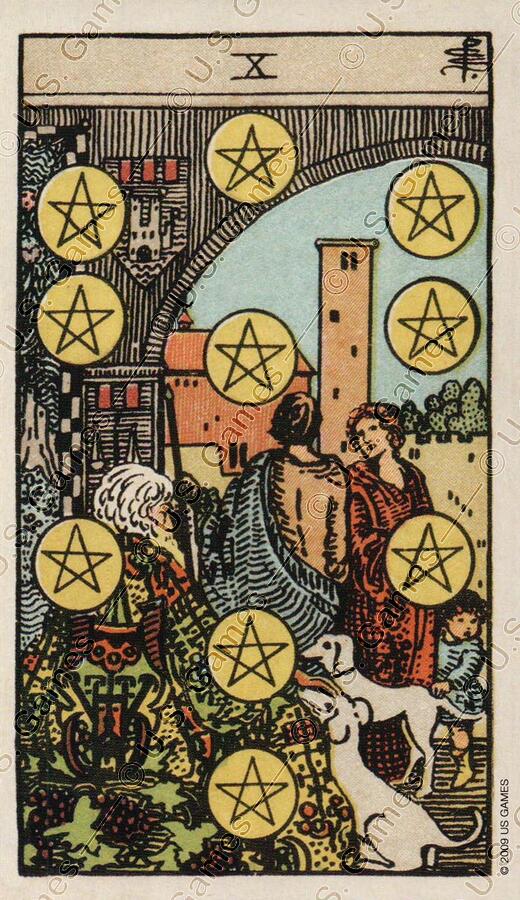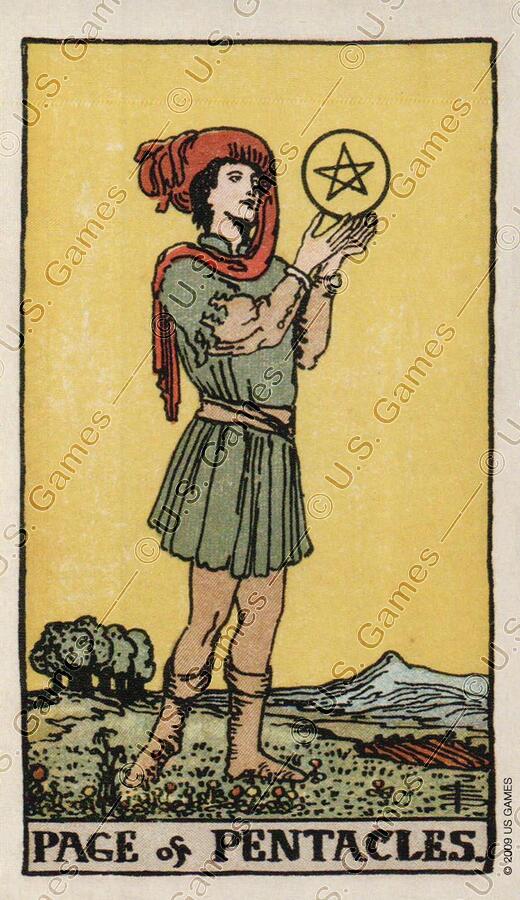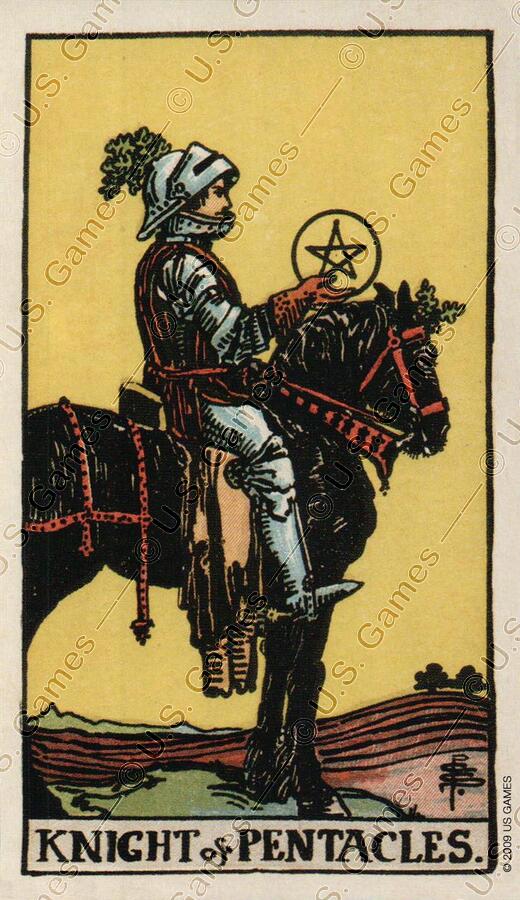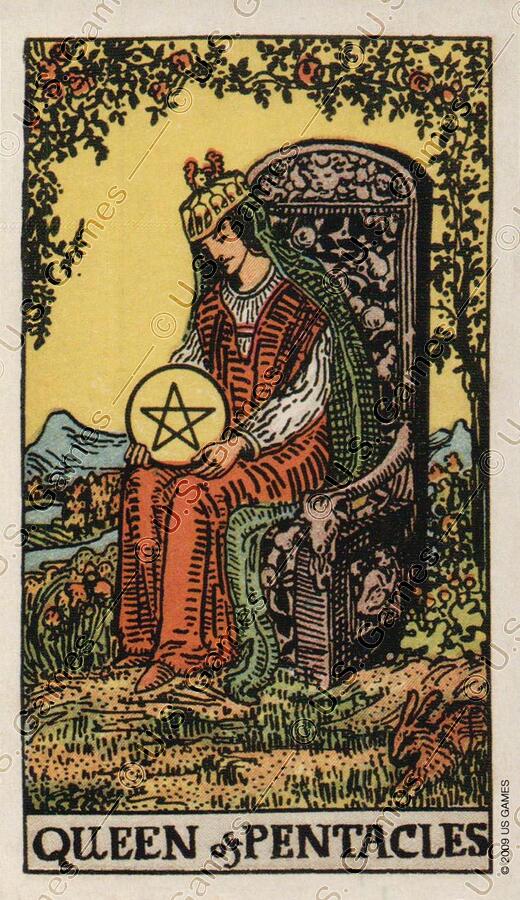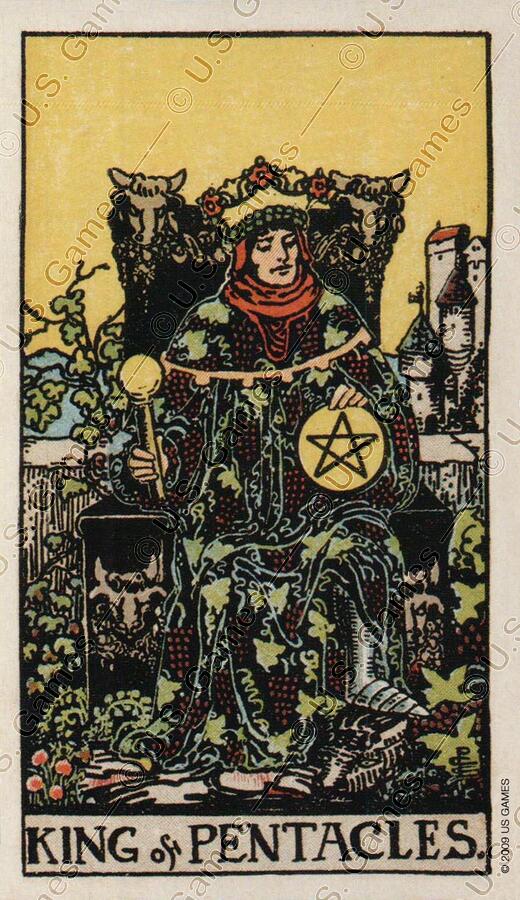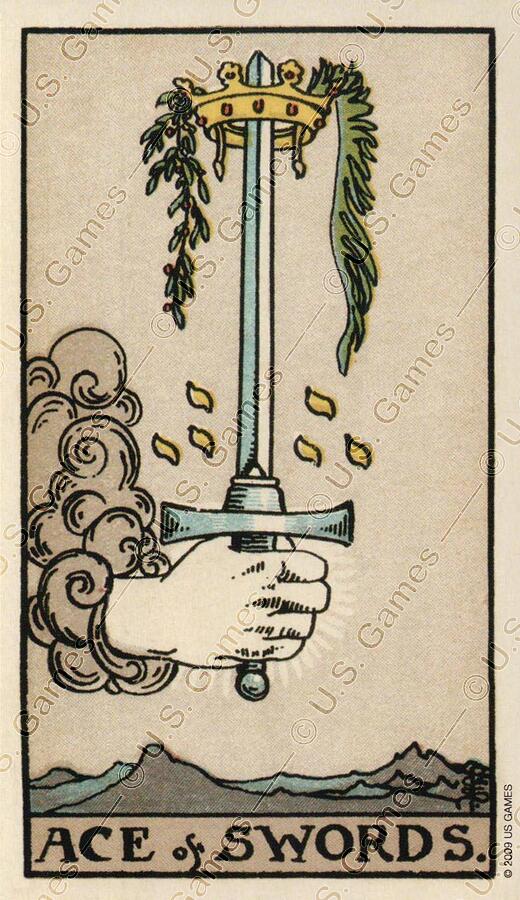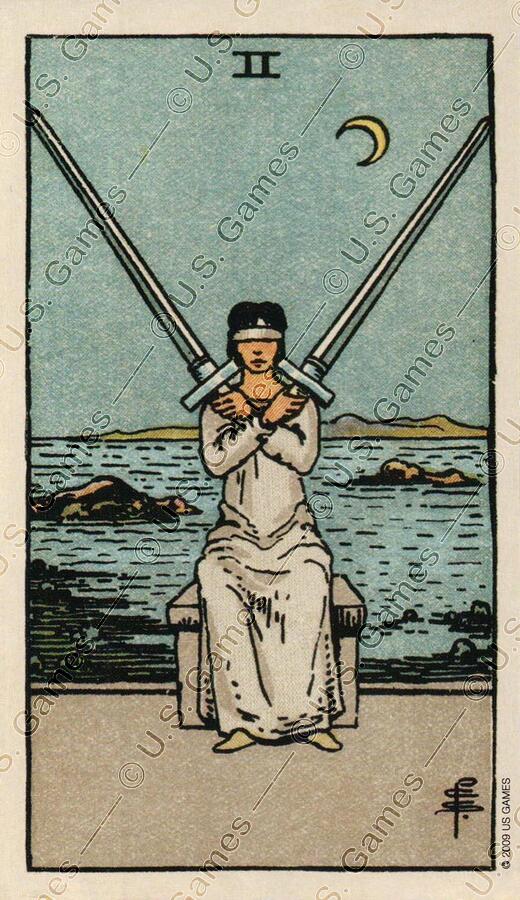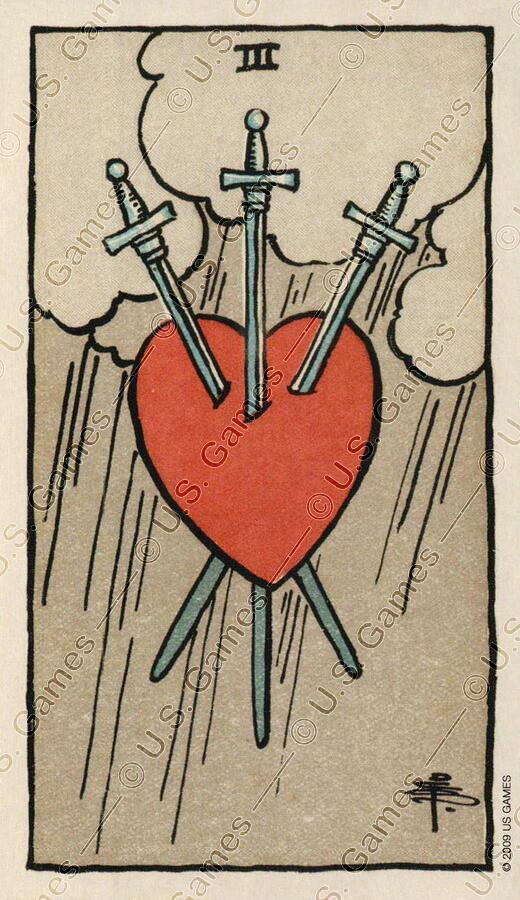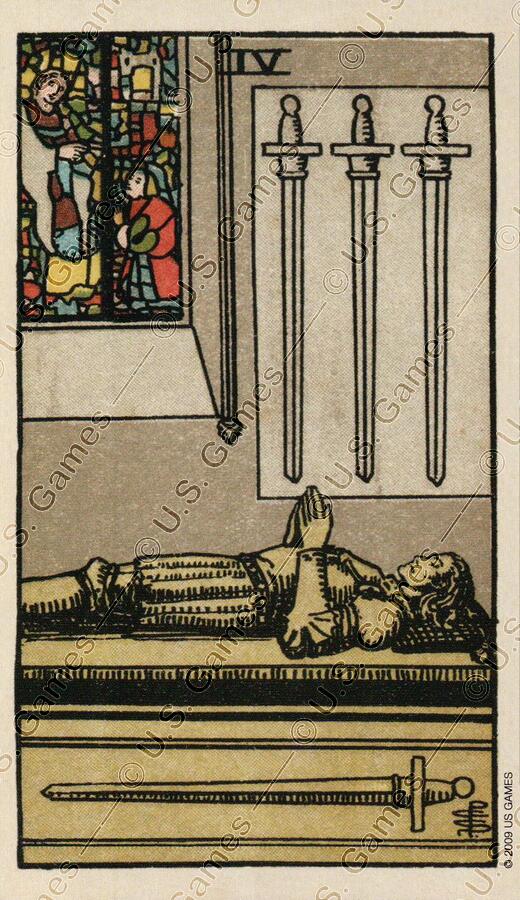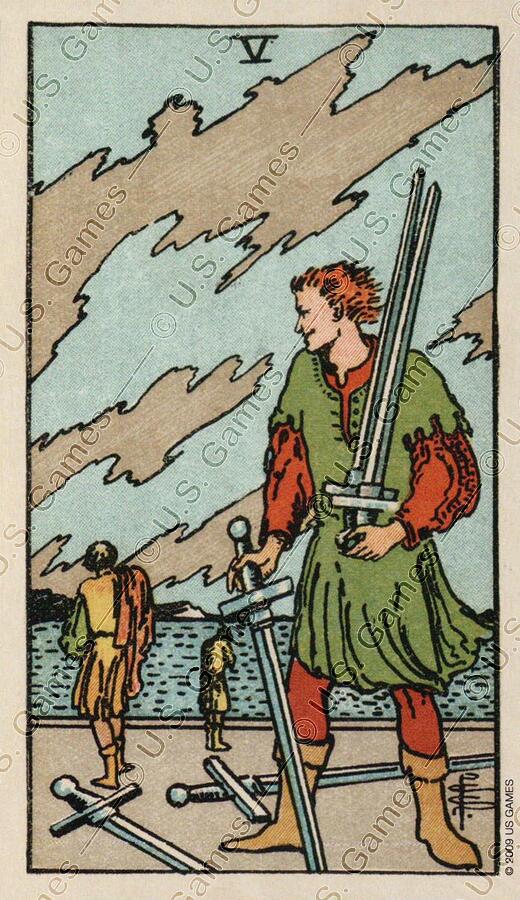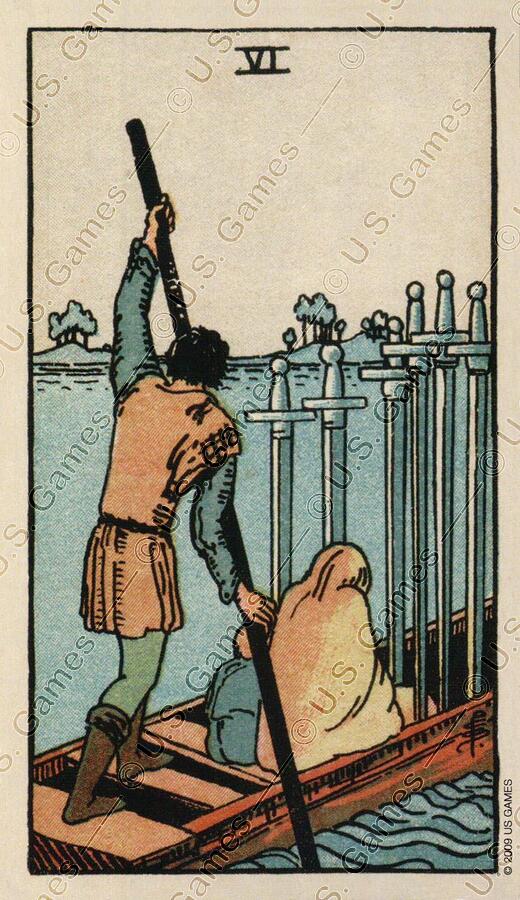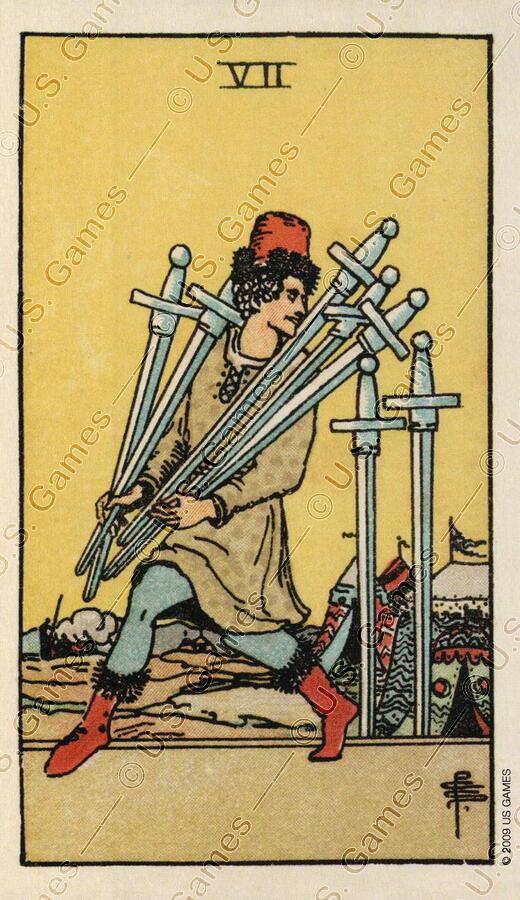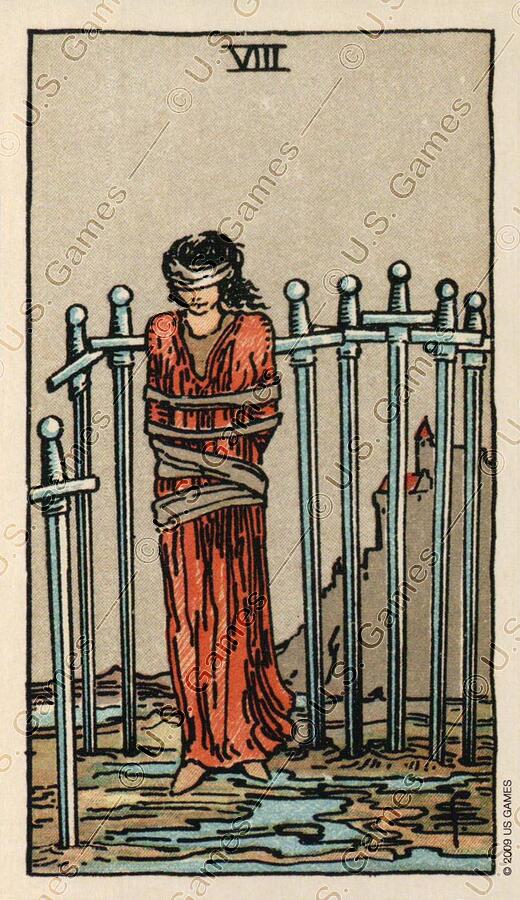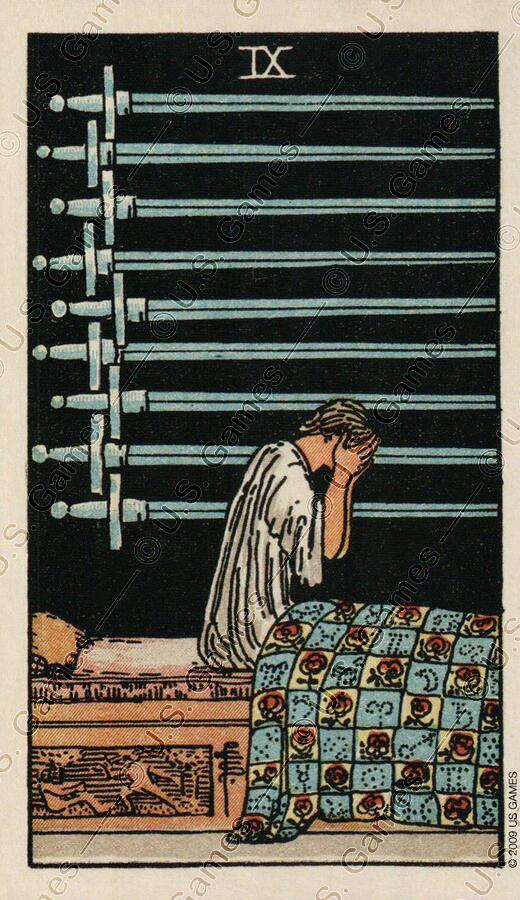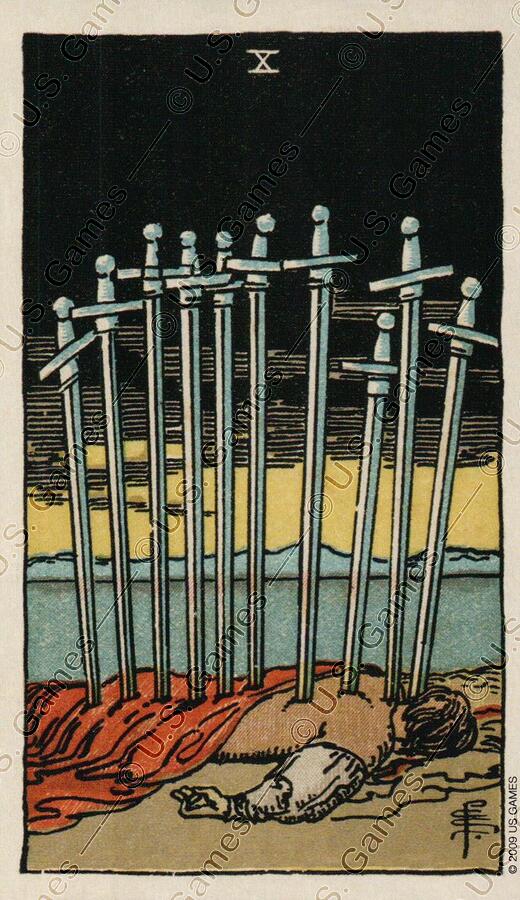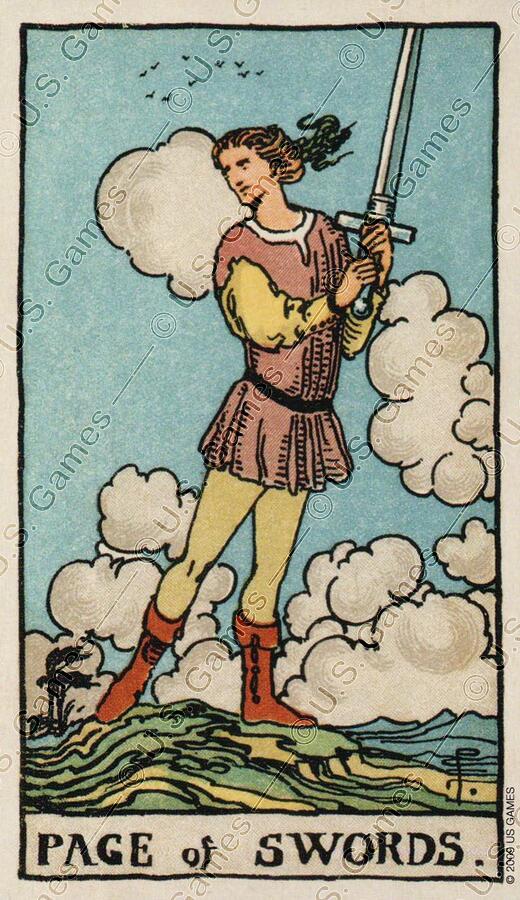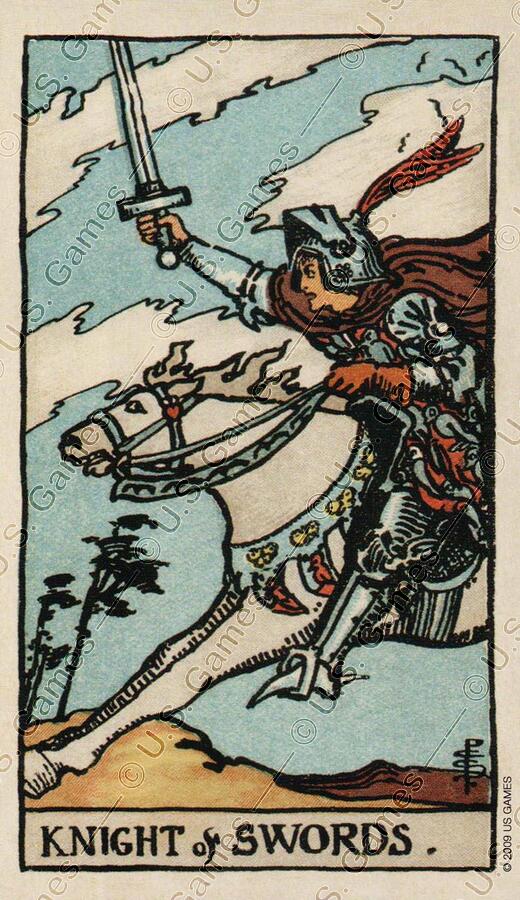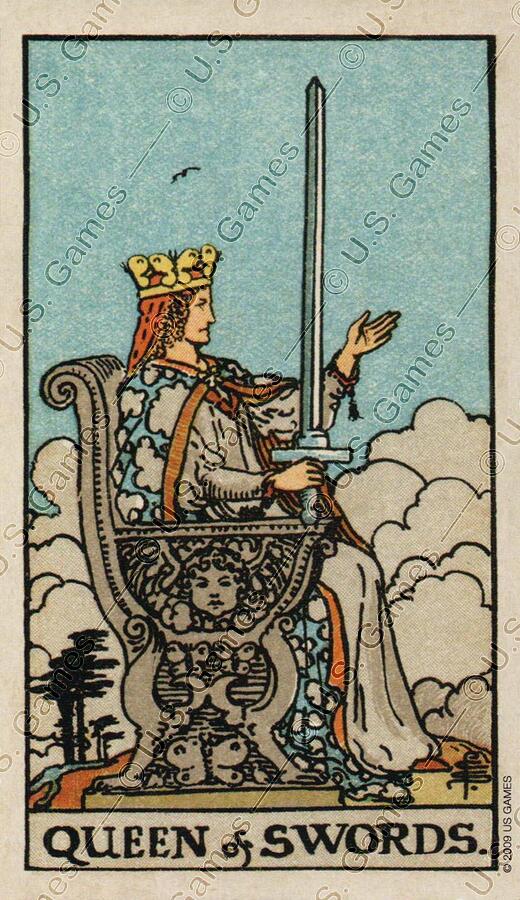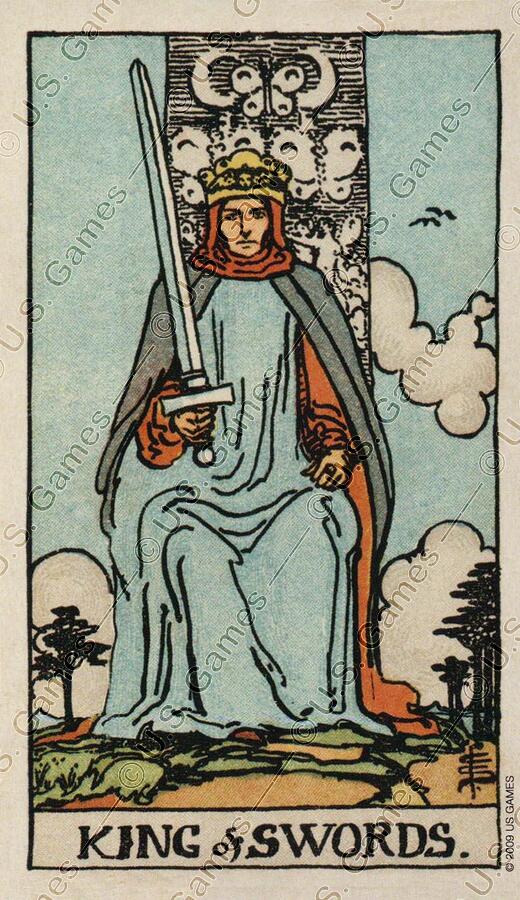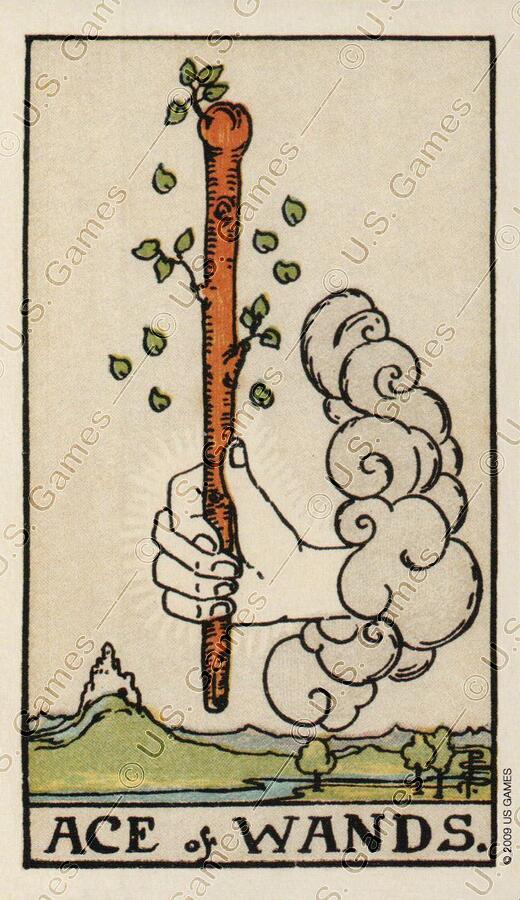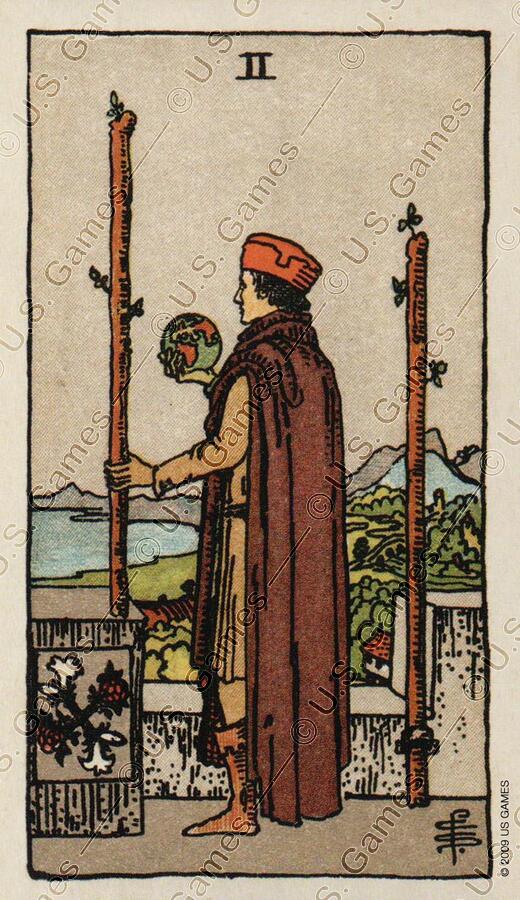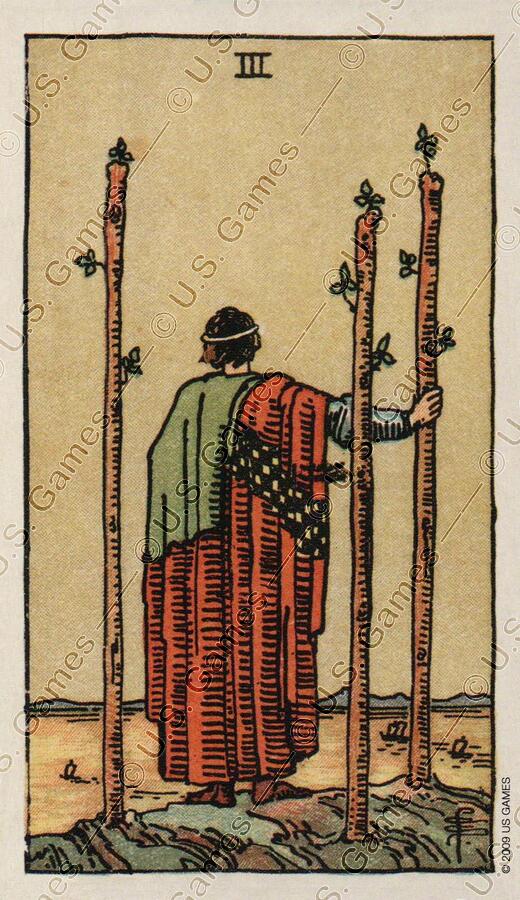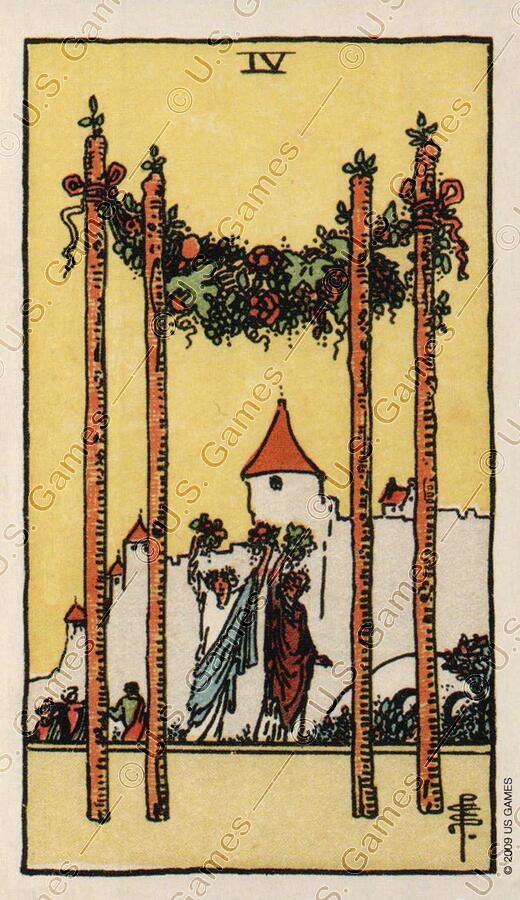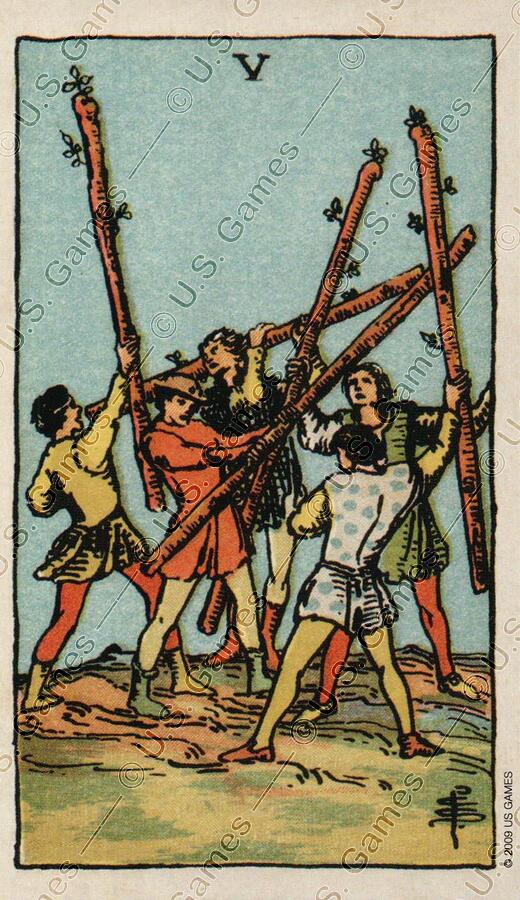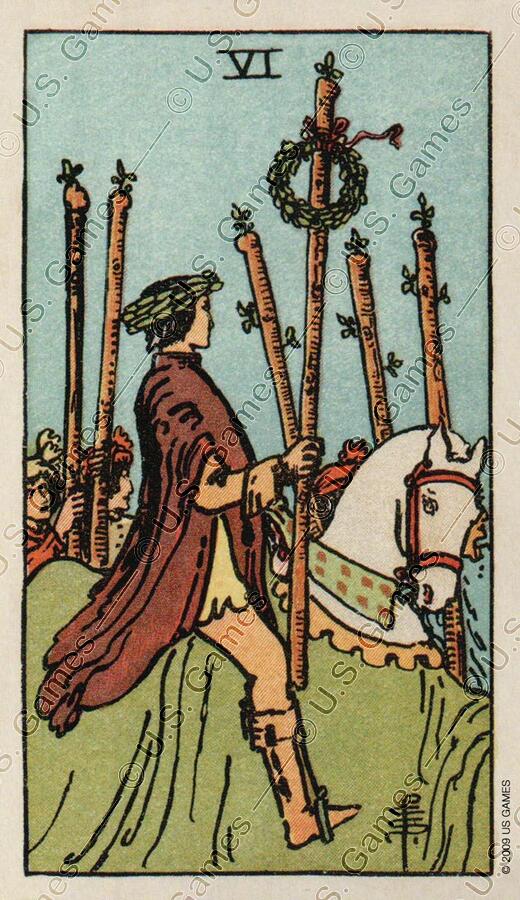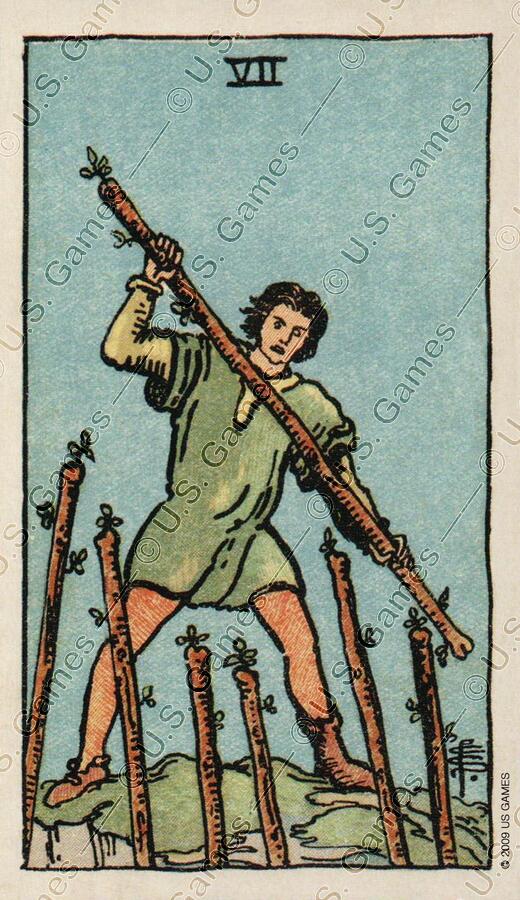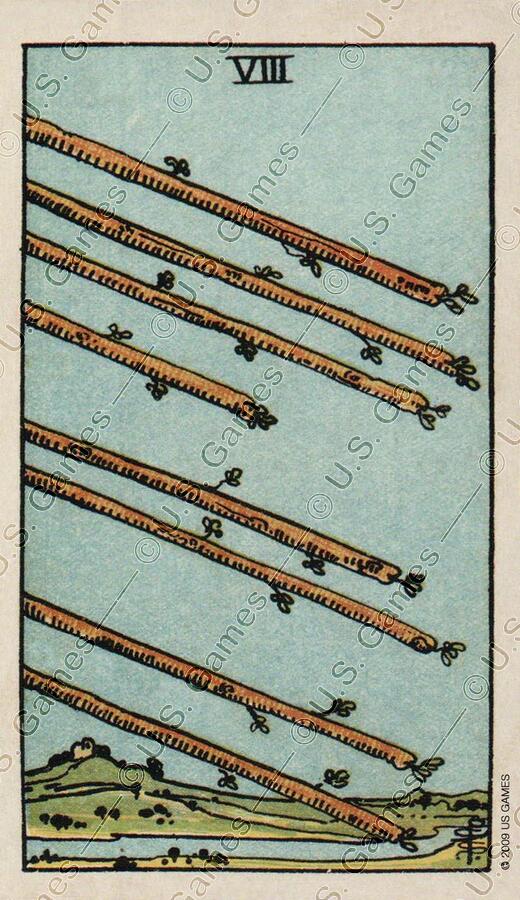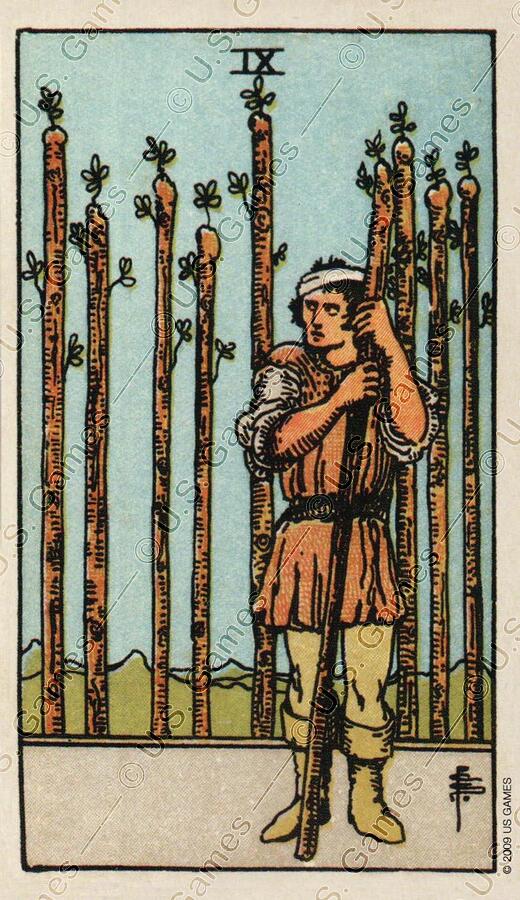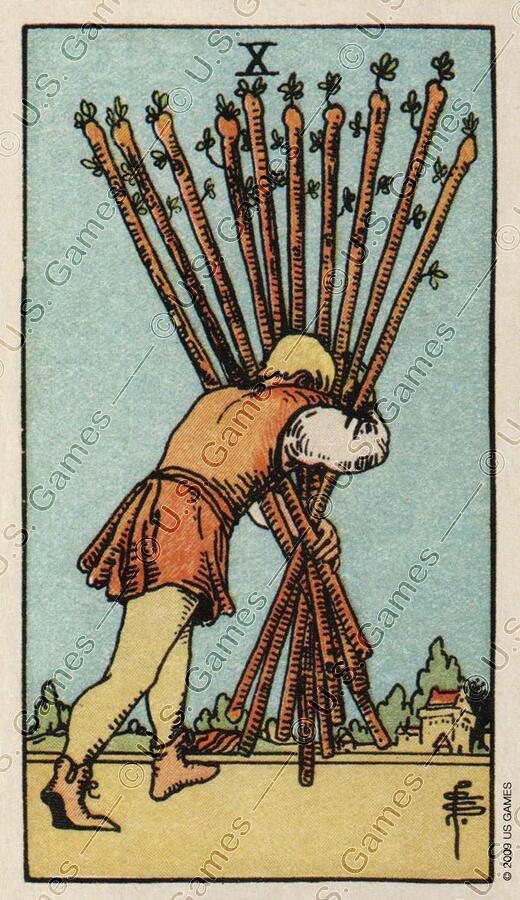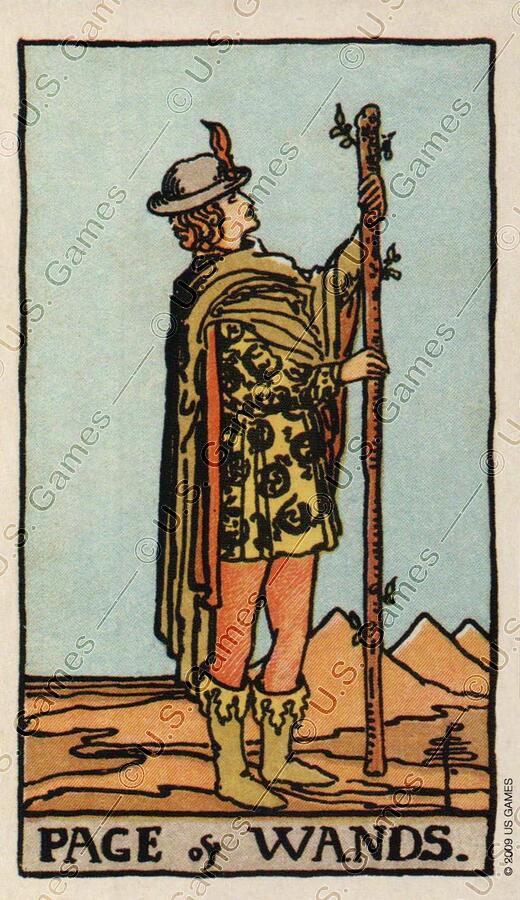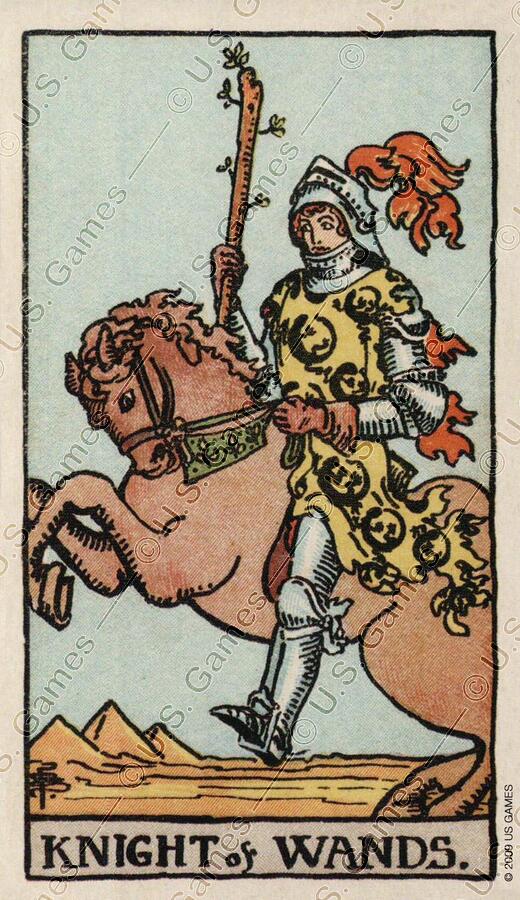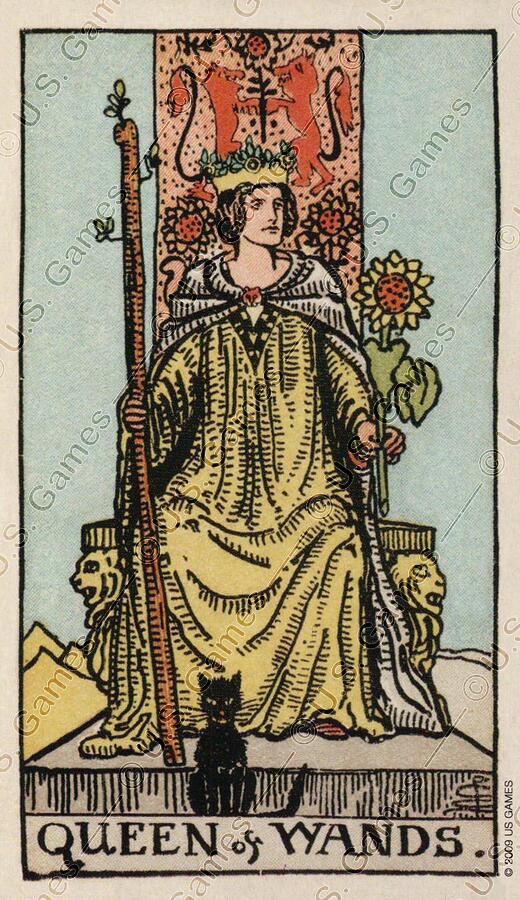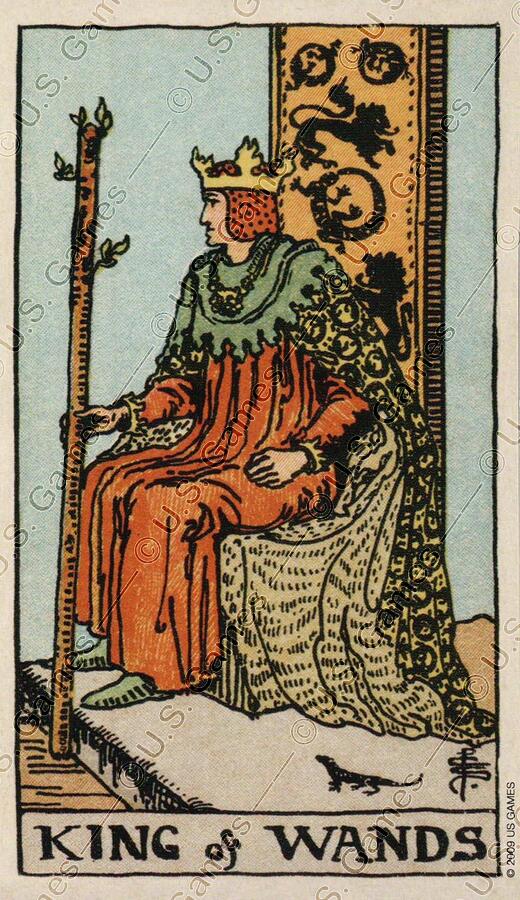meta data for this page
Smith-Waite Centennial Tarot
Deck Notes
- deck:
- Smith-Waite Centennial Tarot
- artist:
- Pamela Colman Smith
- publisher:
- U.S. Games
- artwork:
-





- intuition:
-





- lwb:
-





- quality:
-





- purchase:
Pamela Colman-Smith's artwork has become the de facto standard for Tarot symbolism, mostly because her deck was published at the height of esotericism's popularity at the end of the 19th century. Her artwork is informed by the writings of Arthur Edward Waite, whose perspective on the Tarot was heavily influenced by the Kabbalah mysticism of the era.
The trumps in an original French tarot deck include a lot of Catholic imagery. Similarly, the Smith-Waite interpretation takes its cues from Abrahamic religion - both Christianity and Kabbalah. I'm not a fan of this syncretization, and prefer other decks with imagery rooted in western philosophy and folklore. That said, this is an important entry in the history of Tarot, and is worth owning for that reason alone.
The book included in my copy of this deck is actually the original Pictoral Key to the Tarot by Arthur E Waite. Waite pretty much invented the entire narrative behind the supposed esoteric, arcane history of the Tarot, which makes this book useful for understanding the Colman-Smith's imagery, but less useful if you're pursuing a rational approach to Tarot.
Production Quality
The Centennial Edition of this deck is an excellent bargain. It includes a book on Pamela Colman-Smith's artwork and other artwork of the era, as well as the complete Pictoral Key to the Tarot by Arthur E Waite which, like the deck itself, is valuable as an historical artifact if nothing else. It's a very well-made book with semiglossy pages and a lay-flat sewn and glued binding. The deck itself is sized to a standard Tarot deck, so it's not too big in my rather small hands. It's all boxed up in a nice case, although there's no sleeve or magnetic closure to keep the case closed. It's designed to sit on a bookshelf, instead.
I really prefer the Centennial Edition printings of the Smith-Waite Tarot. You may be familiar with the heavy color saturation (particularly strong, bright yellows) of this deck. It wasn't originally illustrated with such bright colors, and the Centennial Edition restores the original color palette of this deck. It makes for much more muted, pleasant colors.


